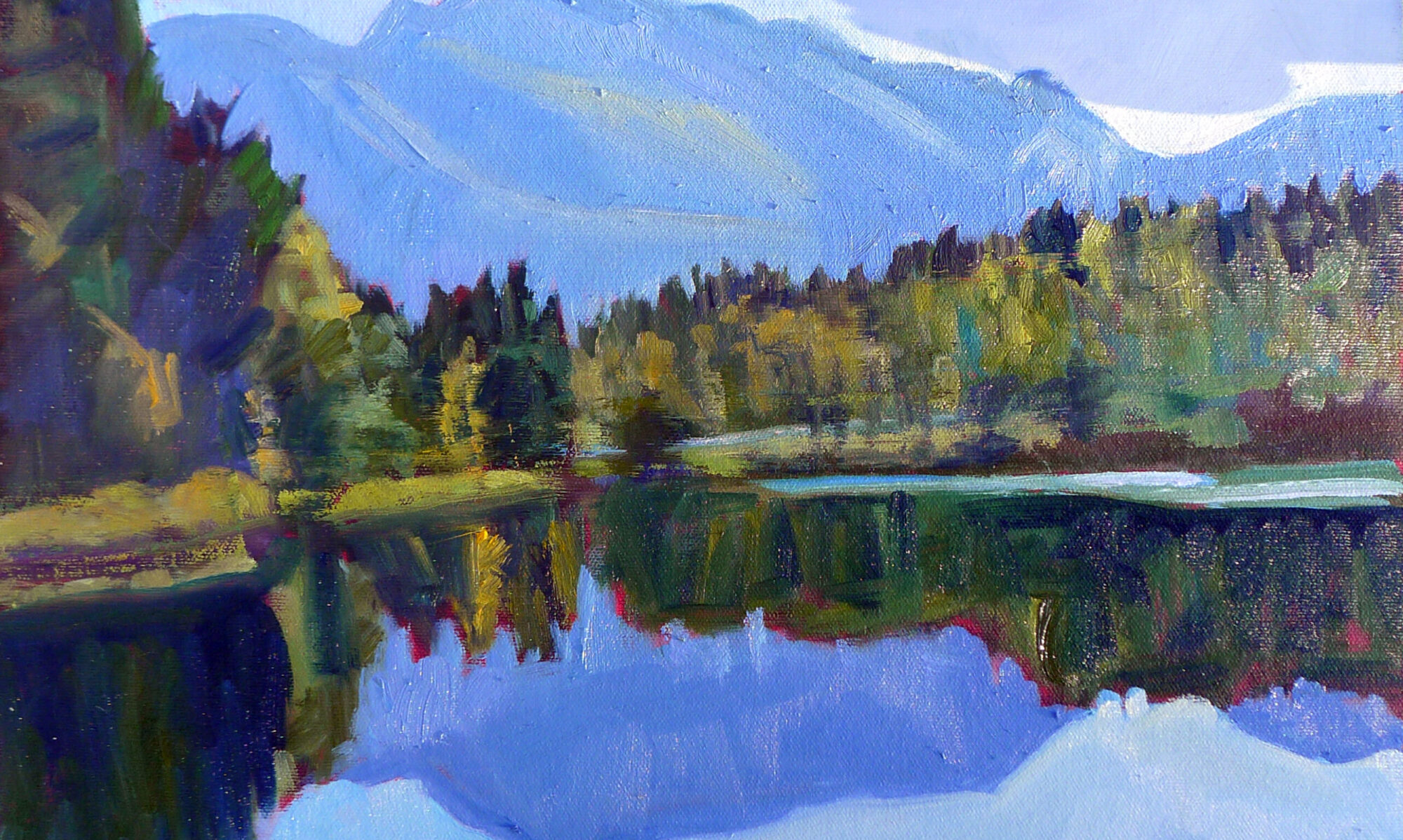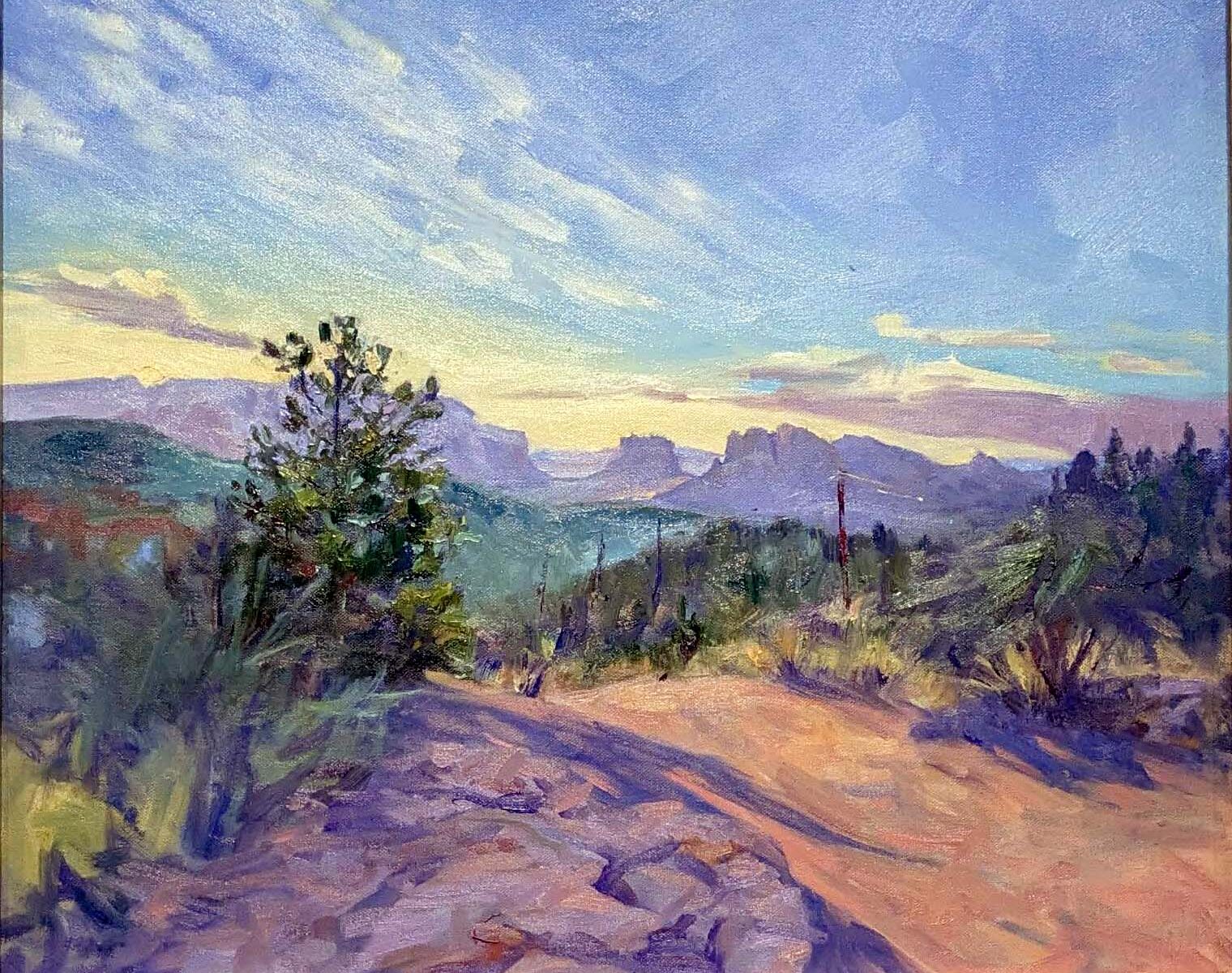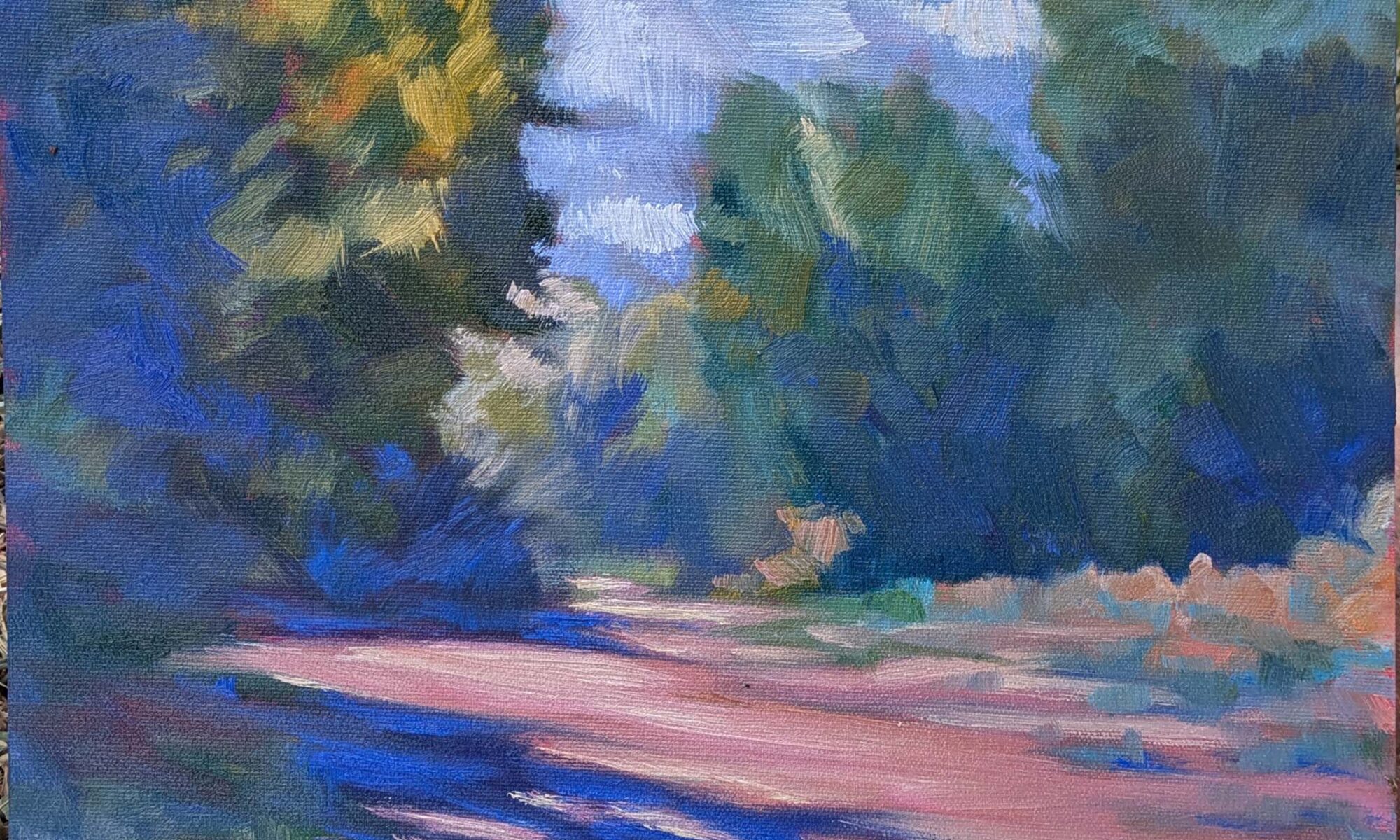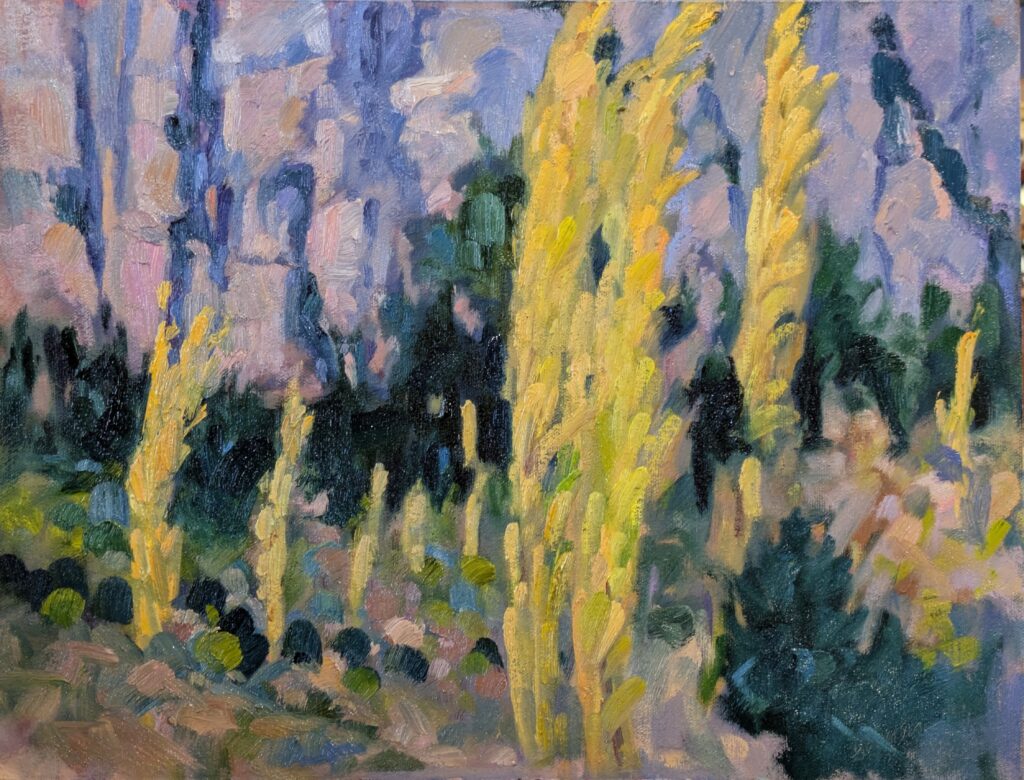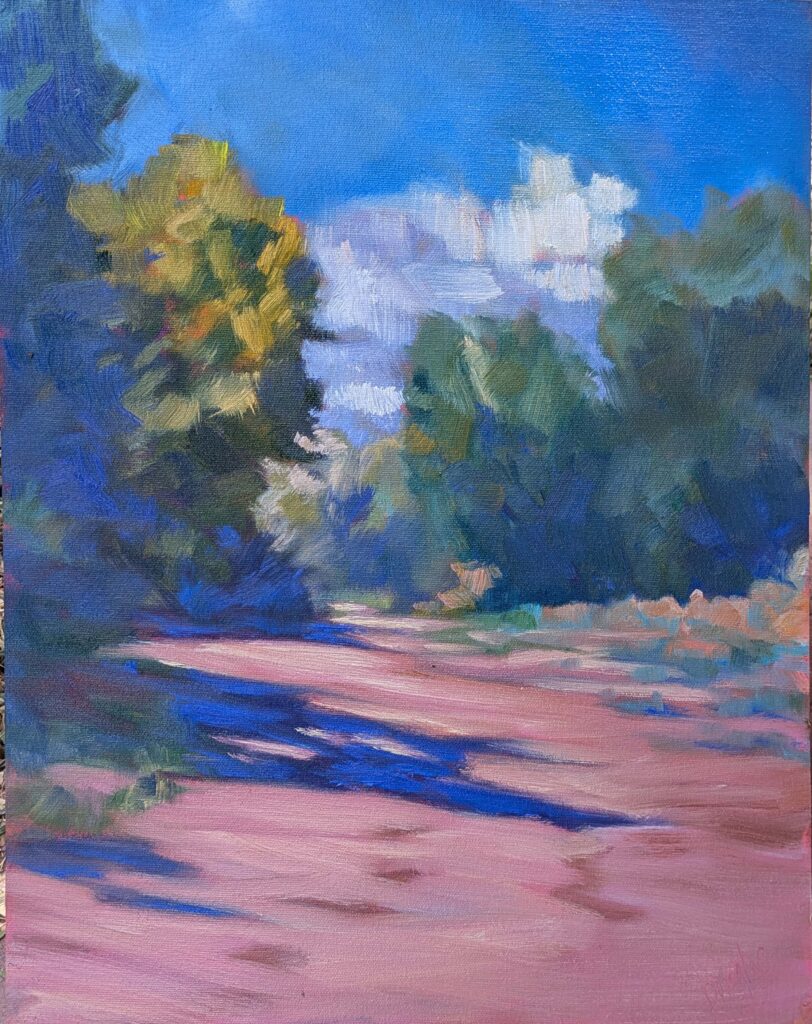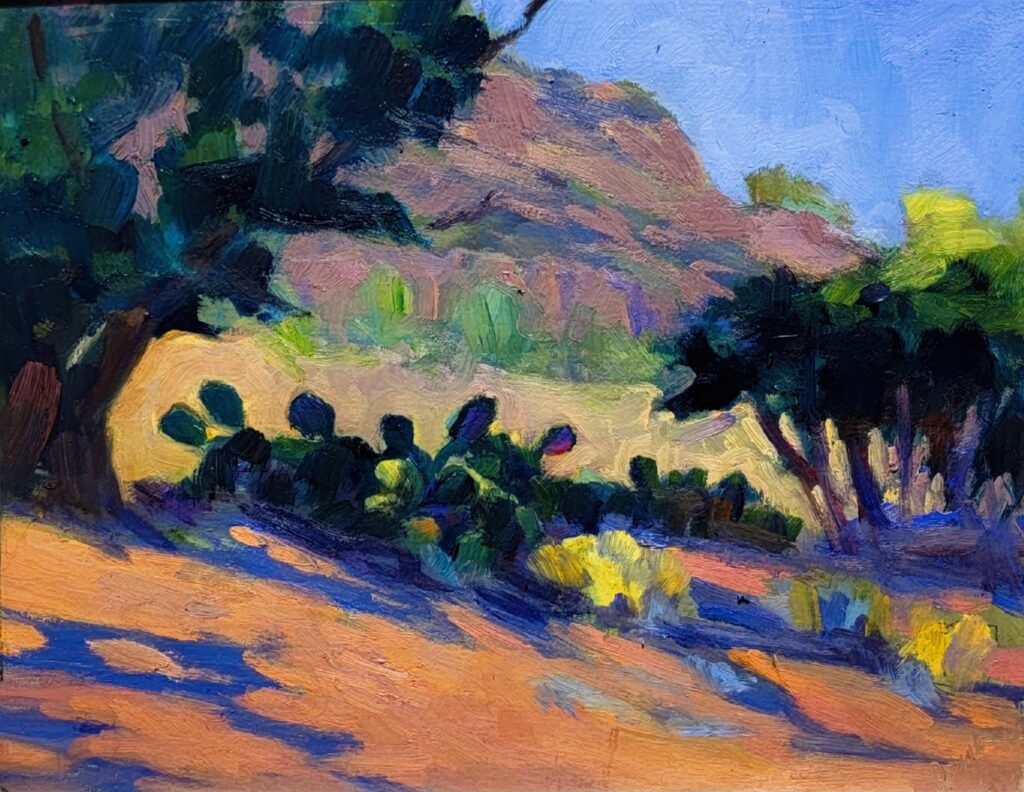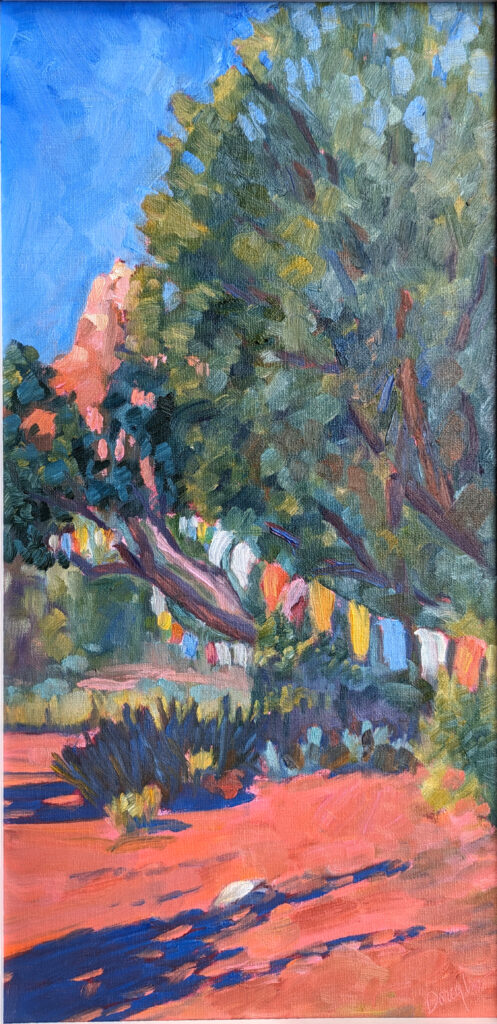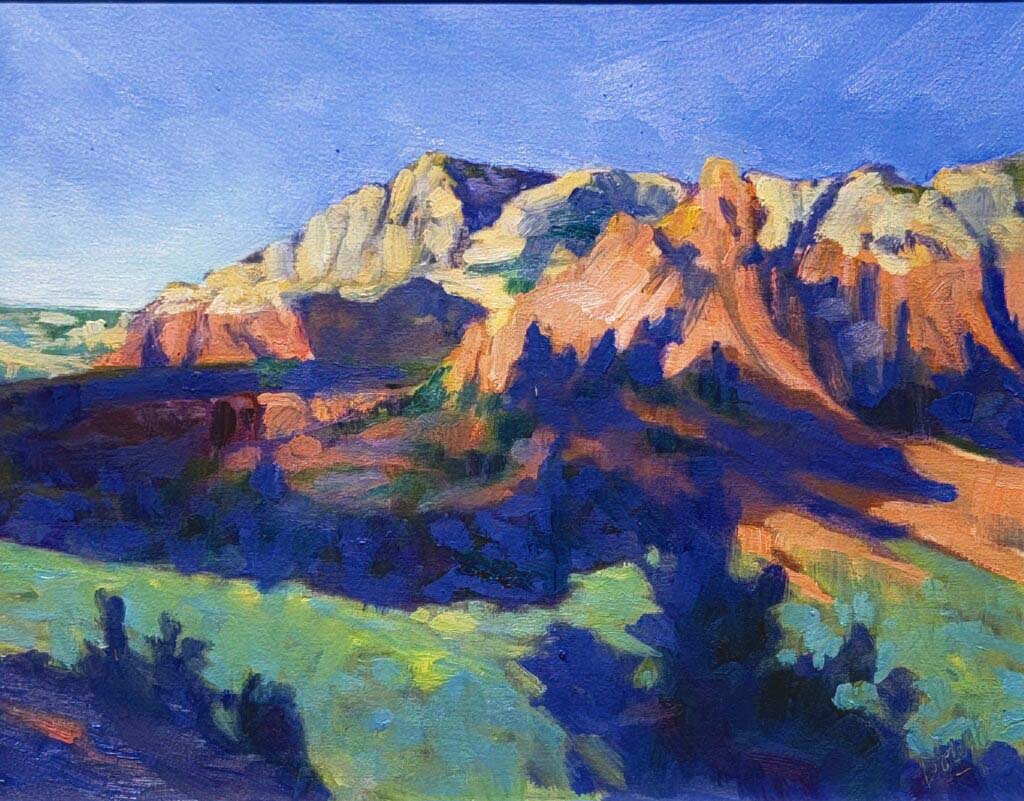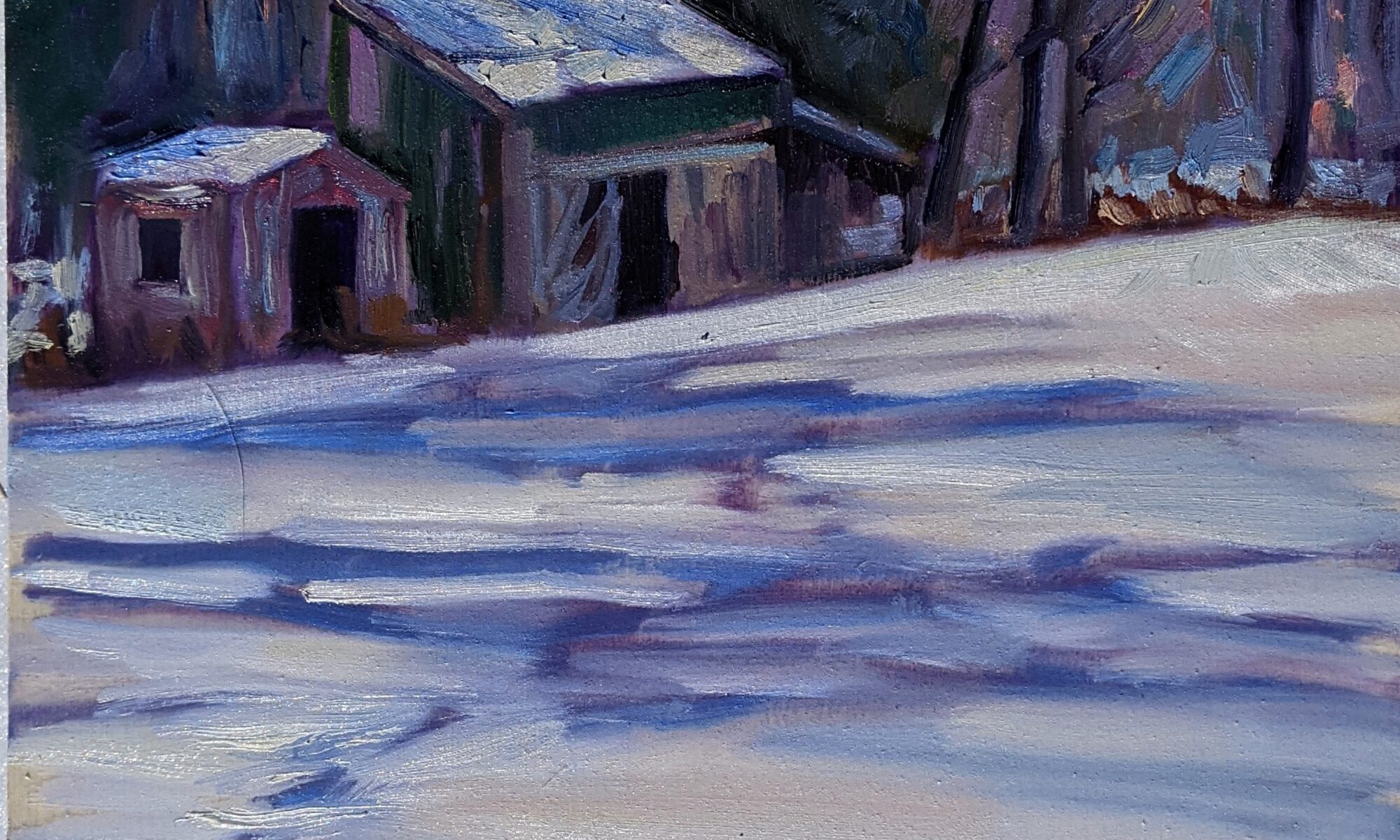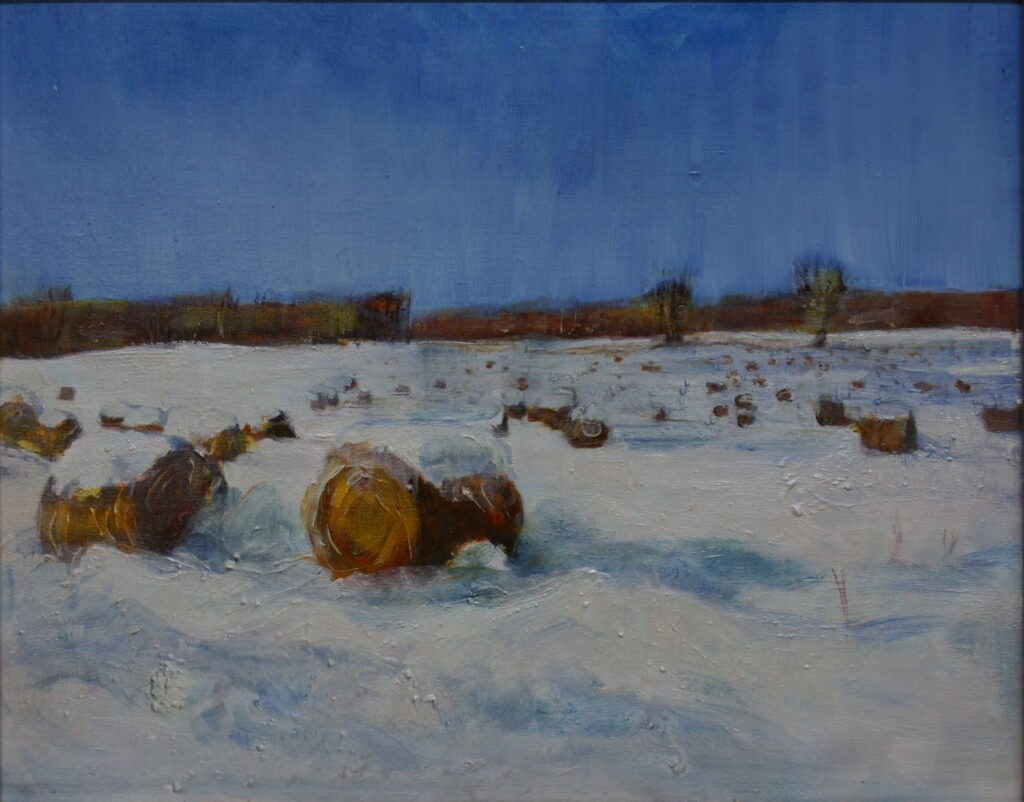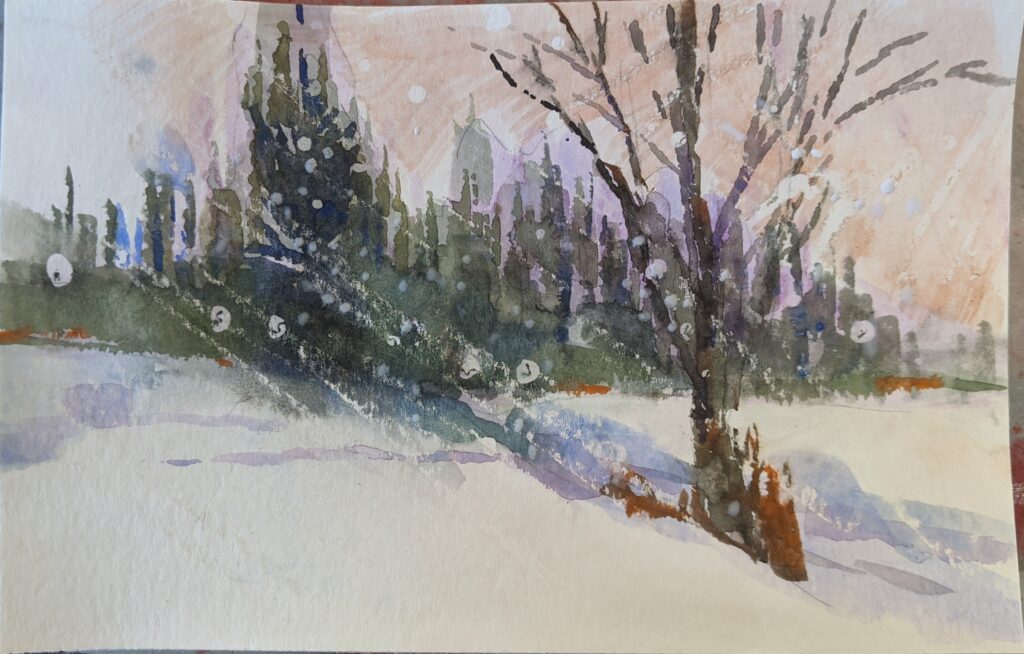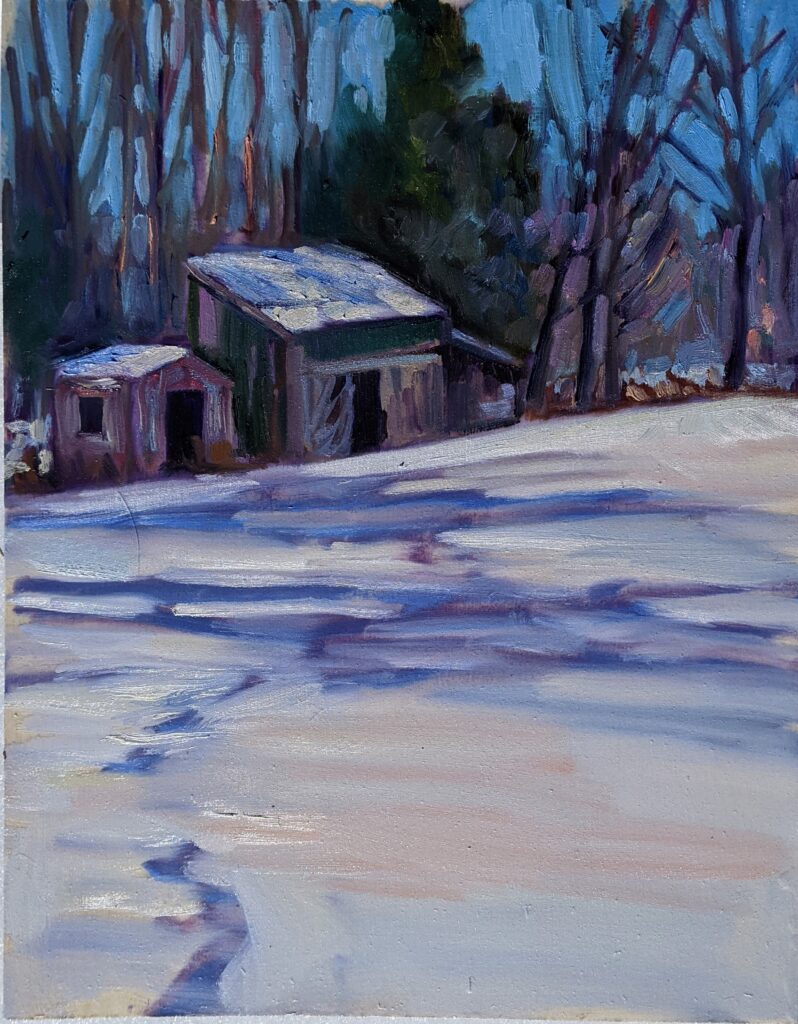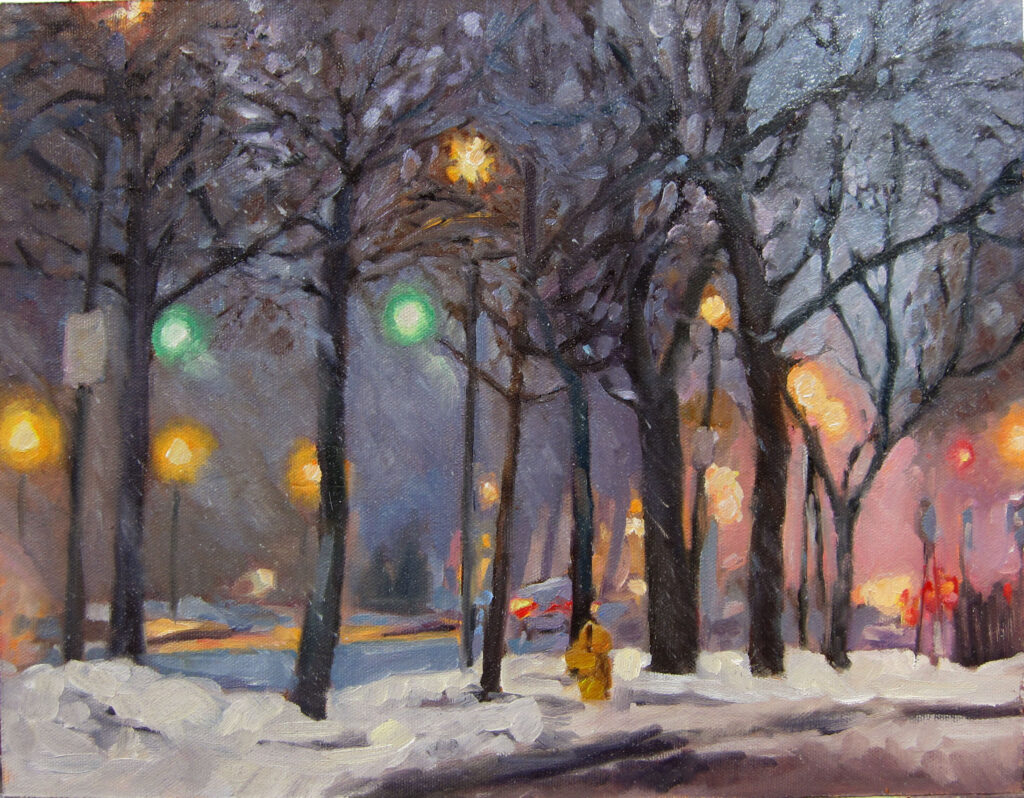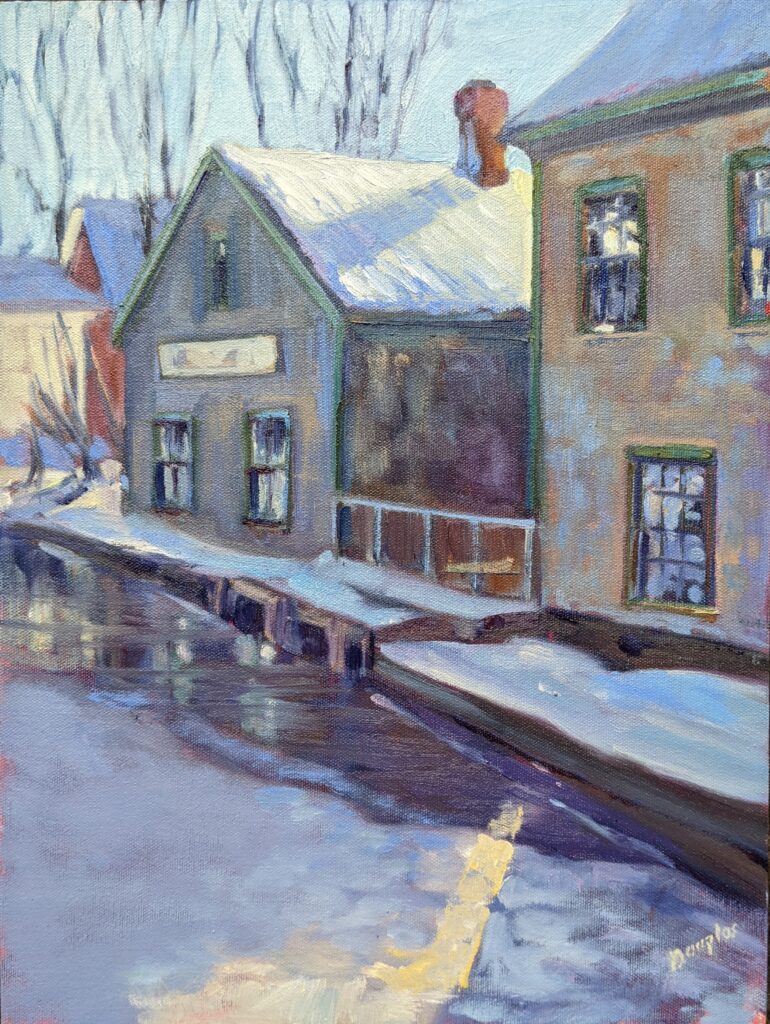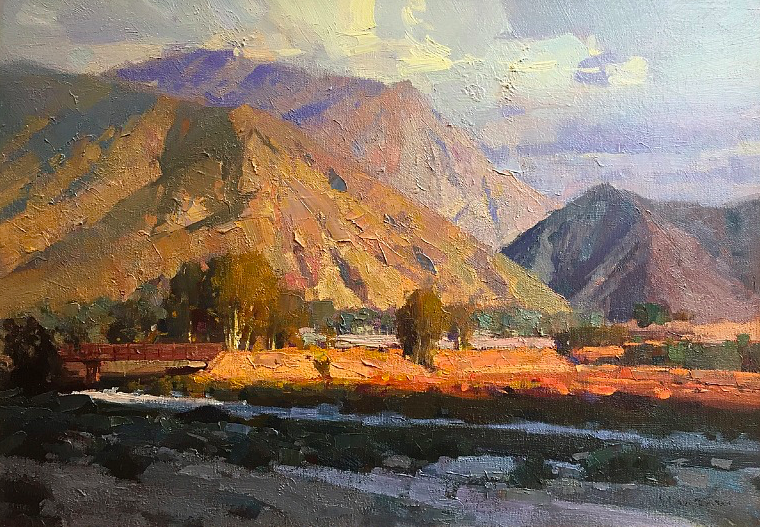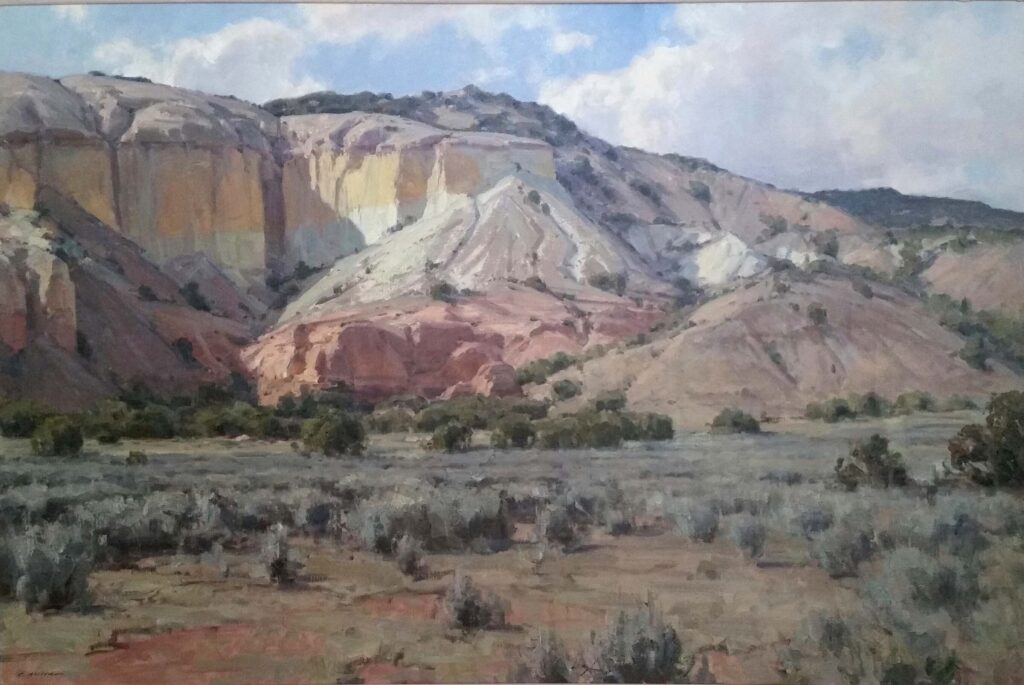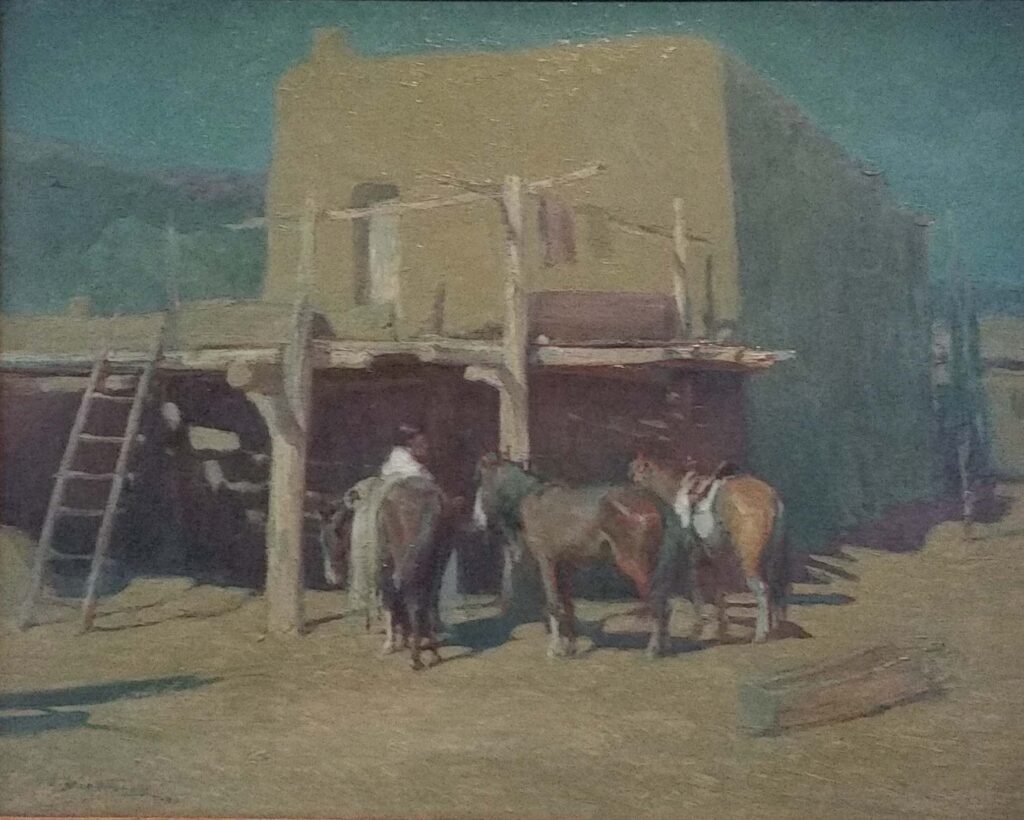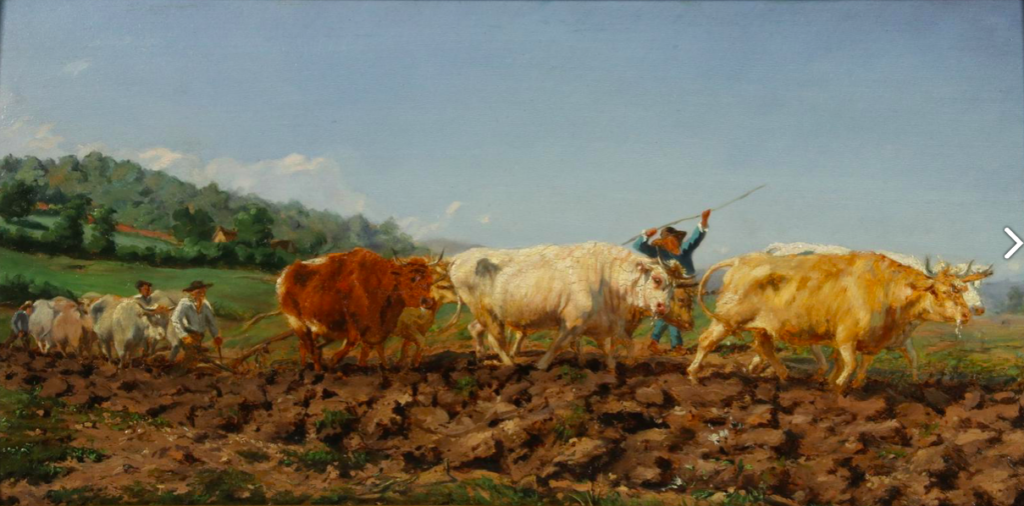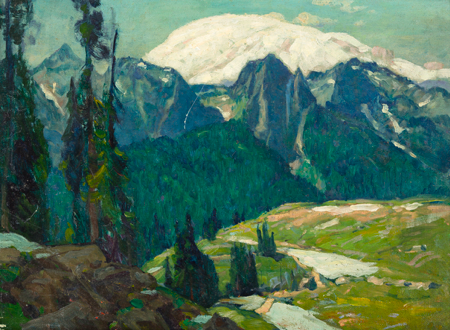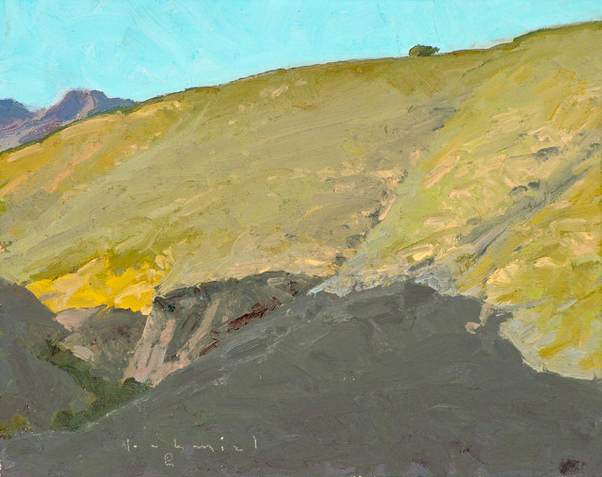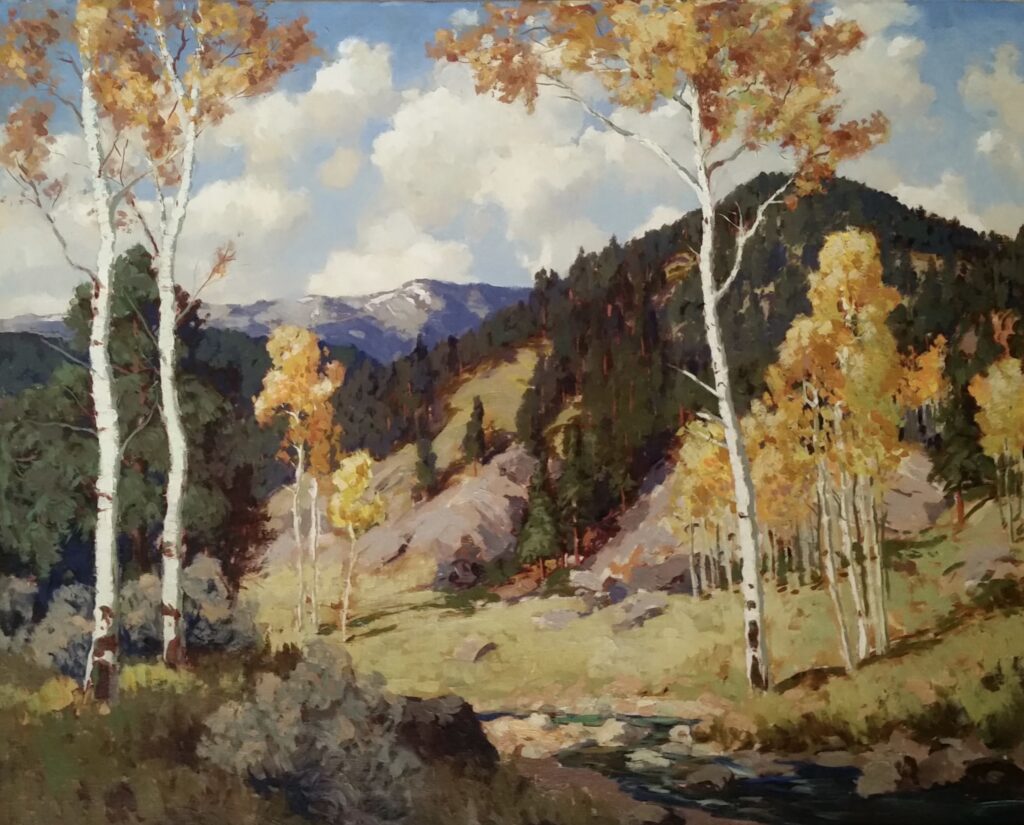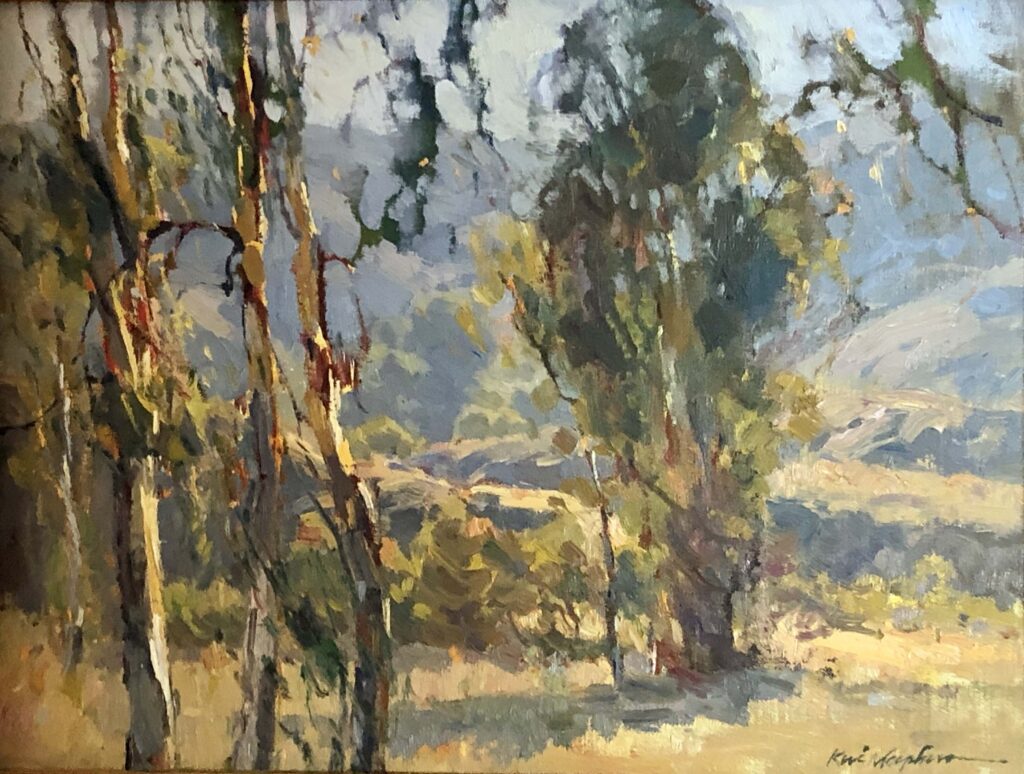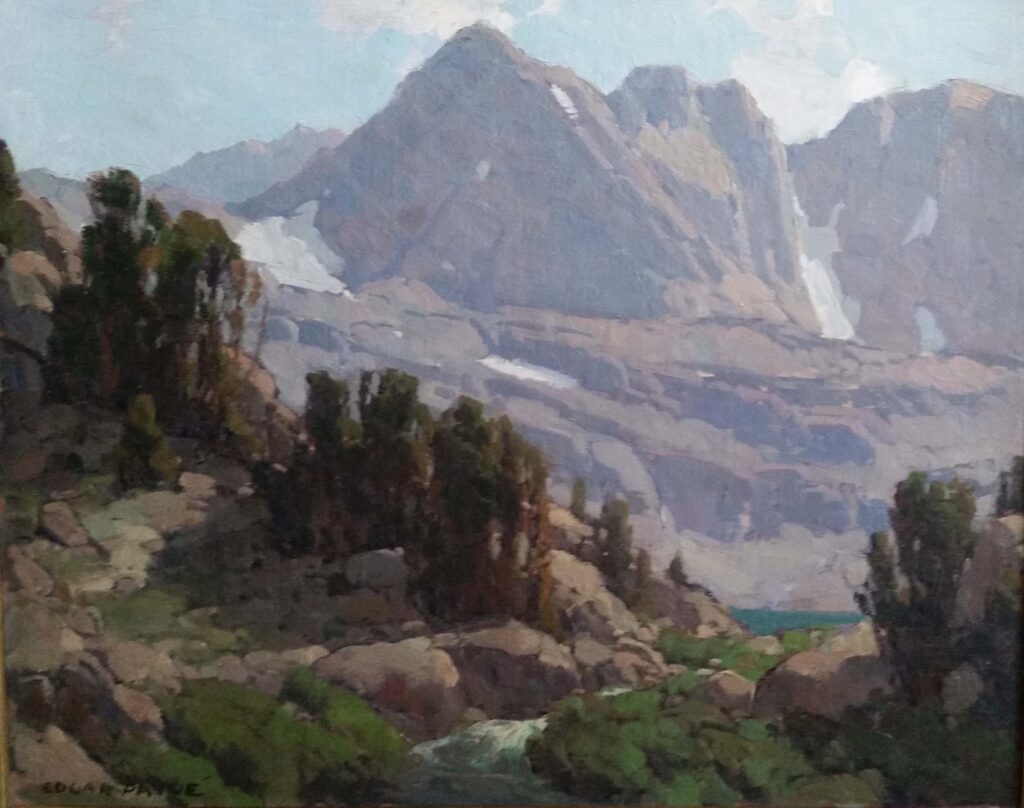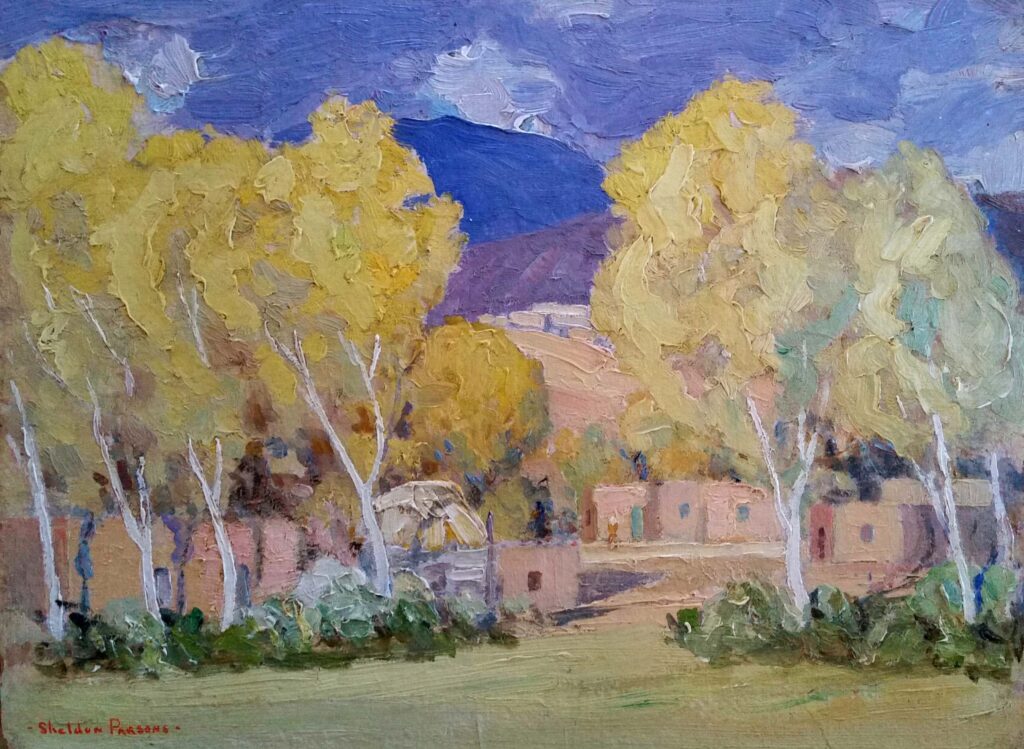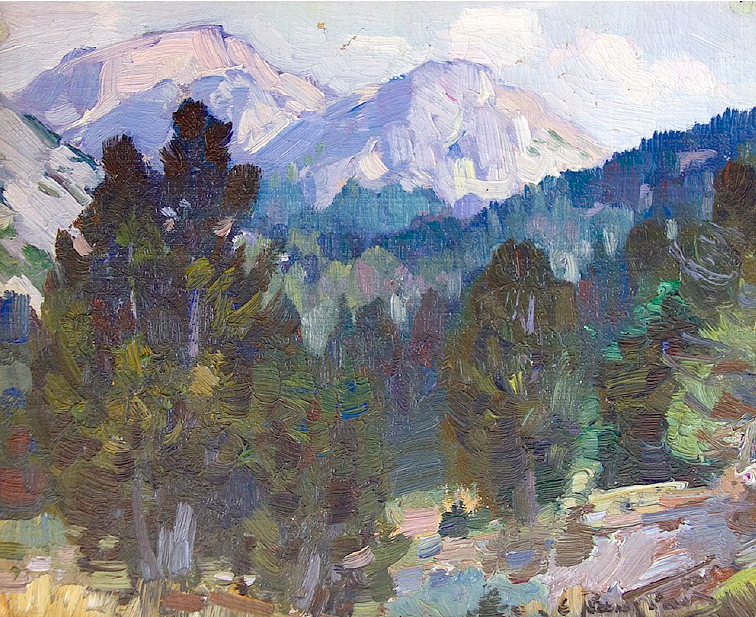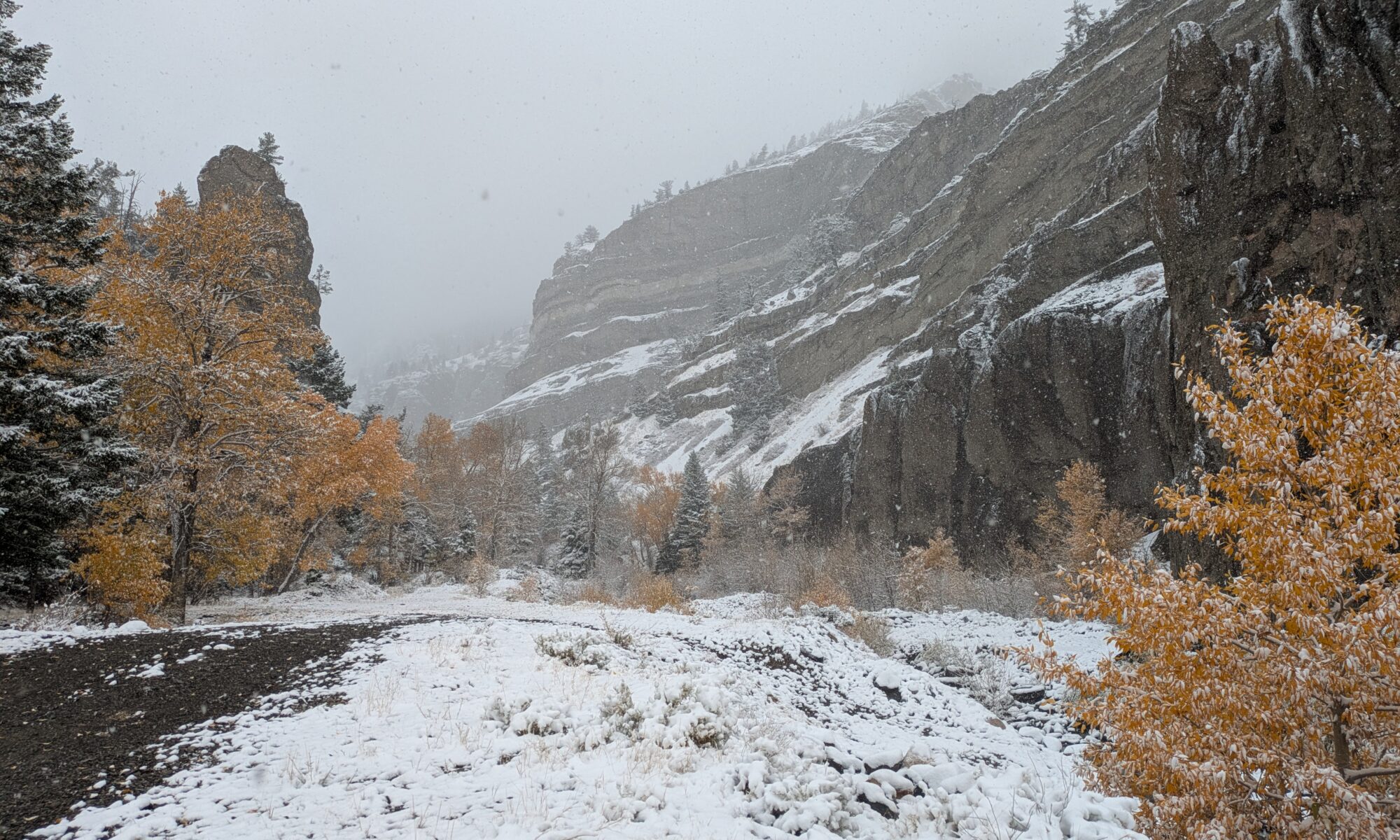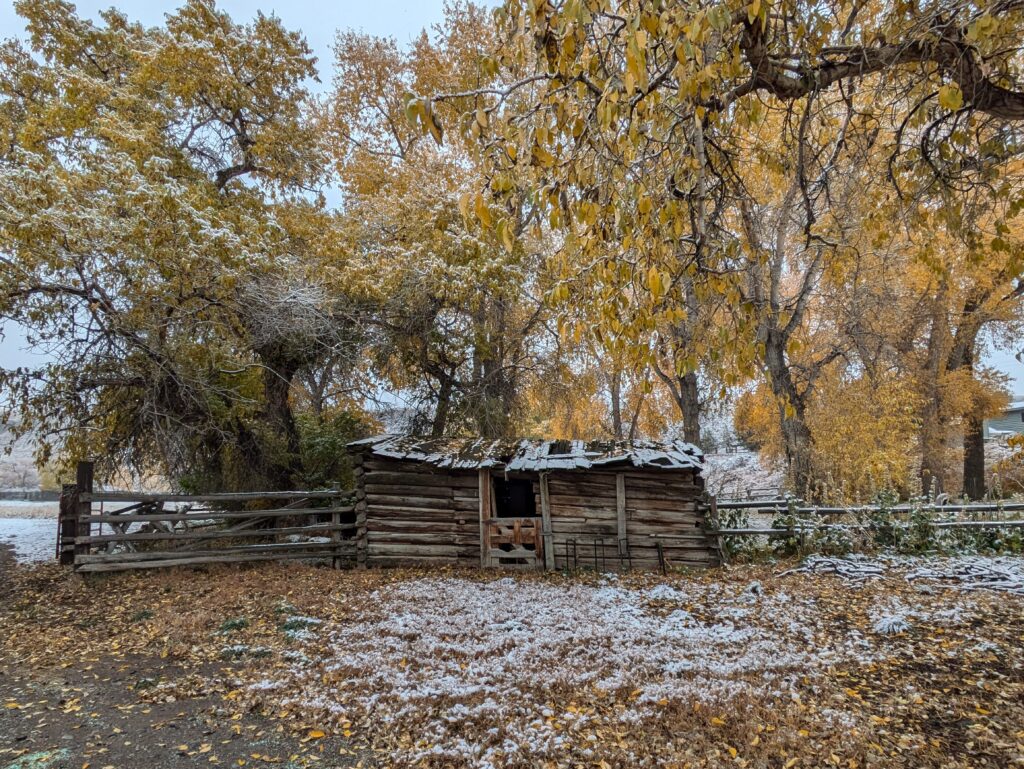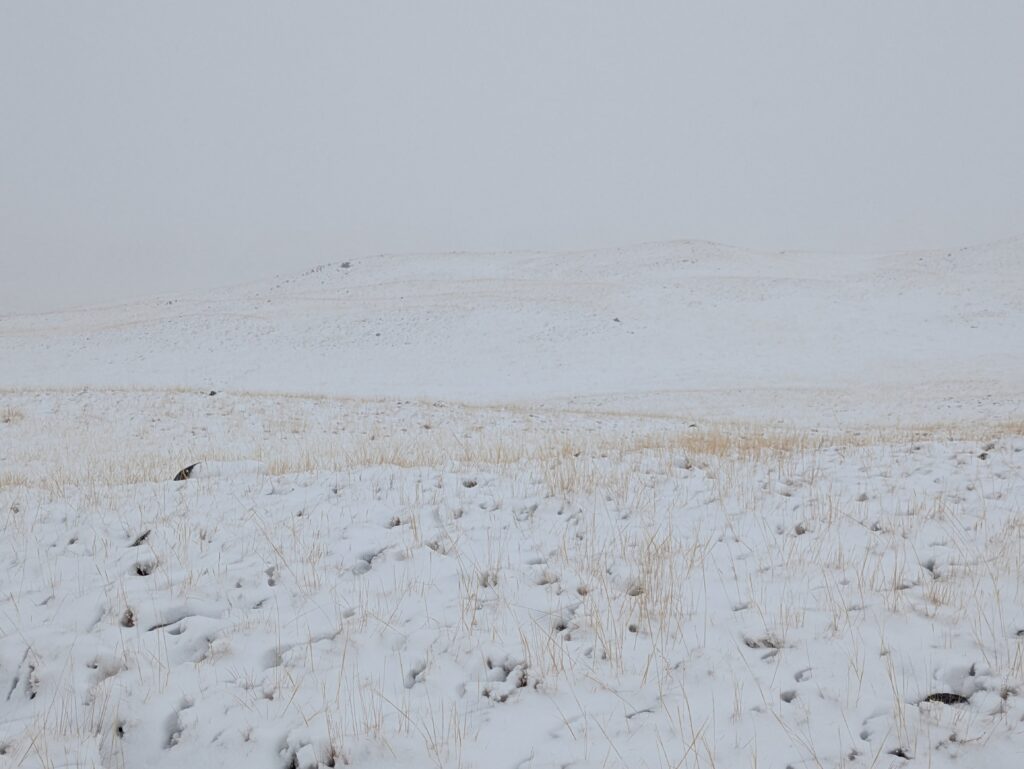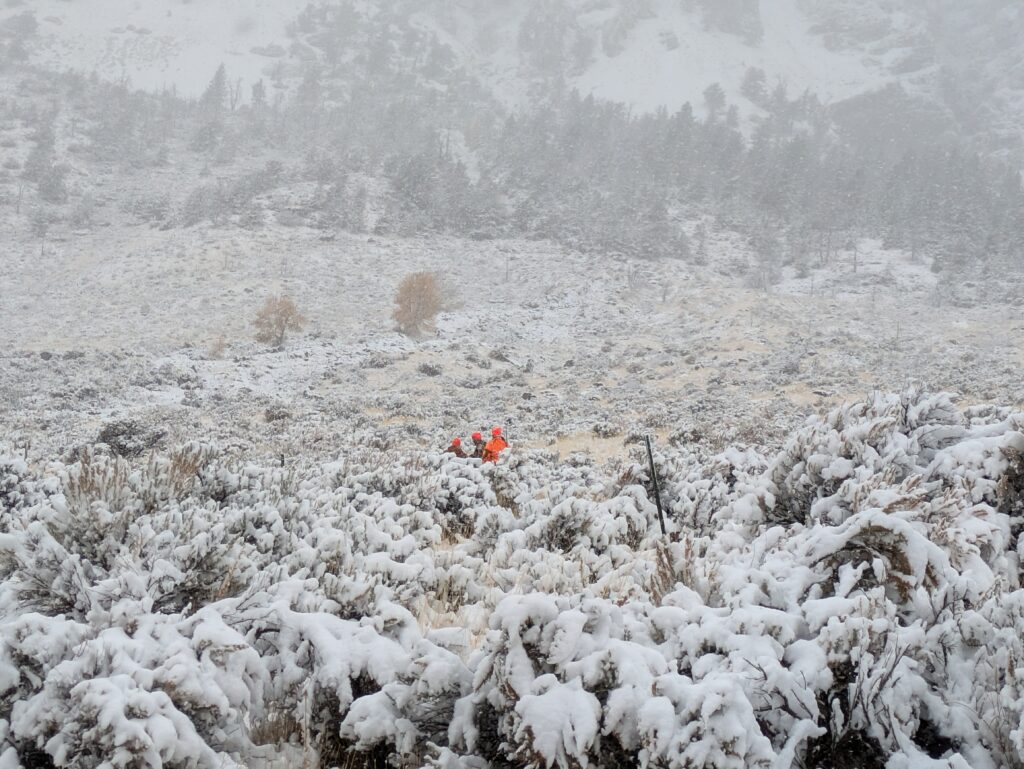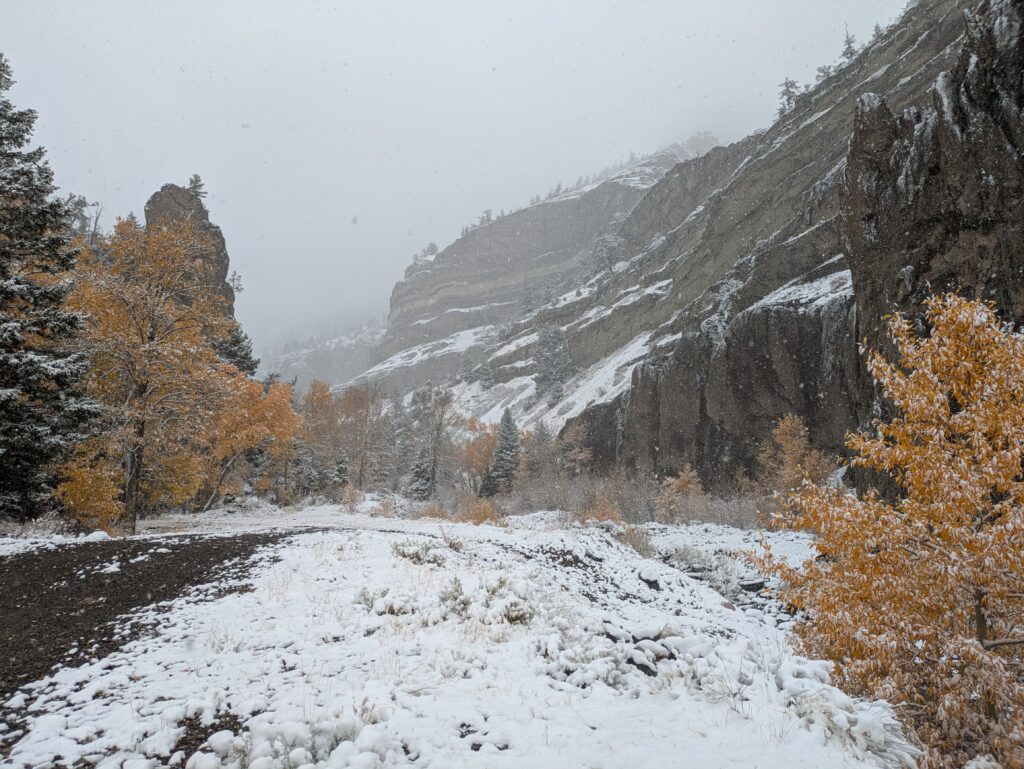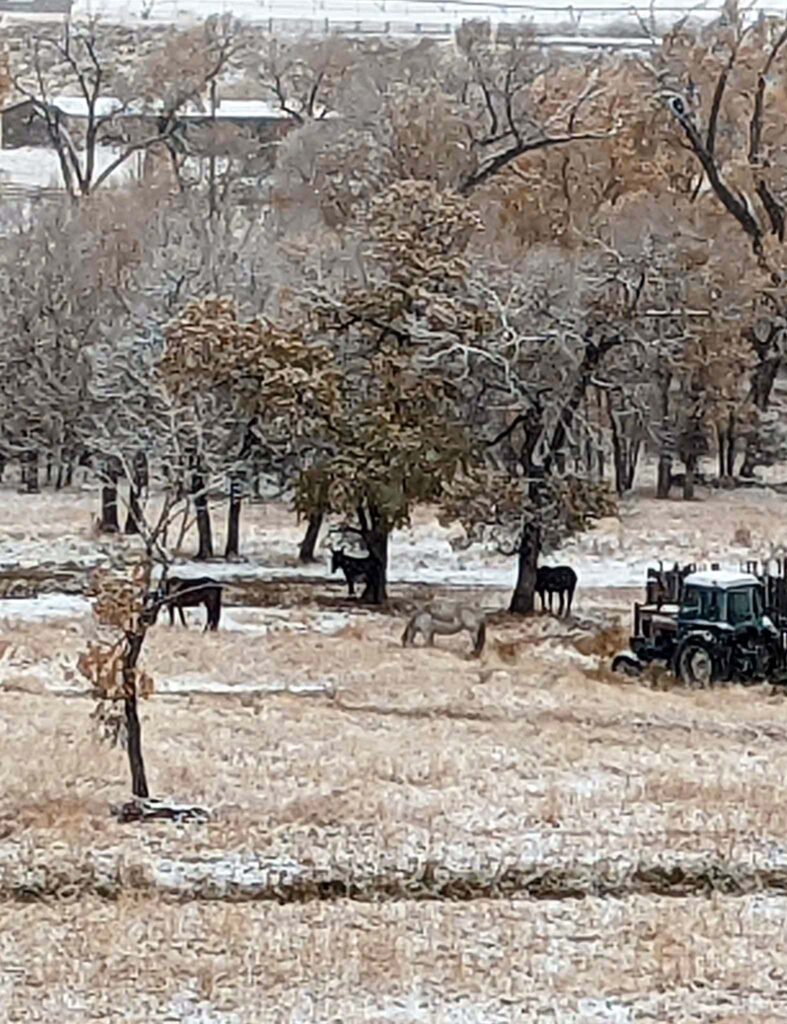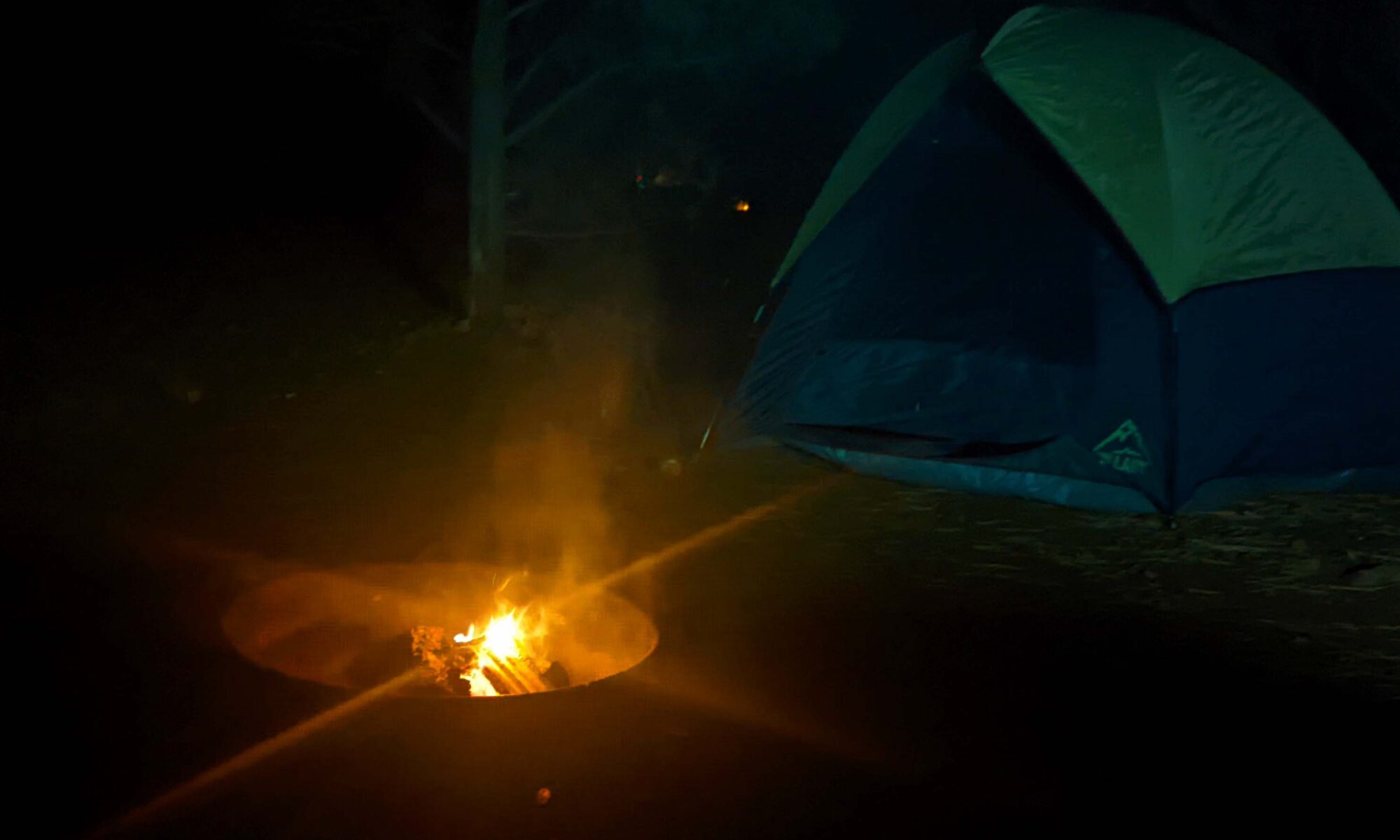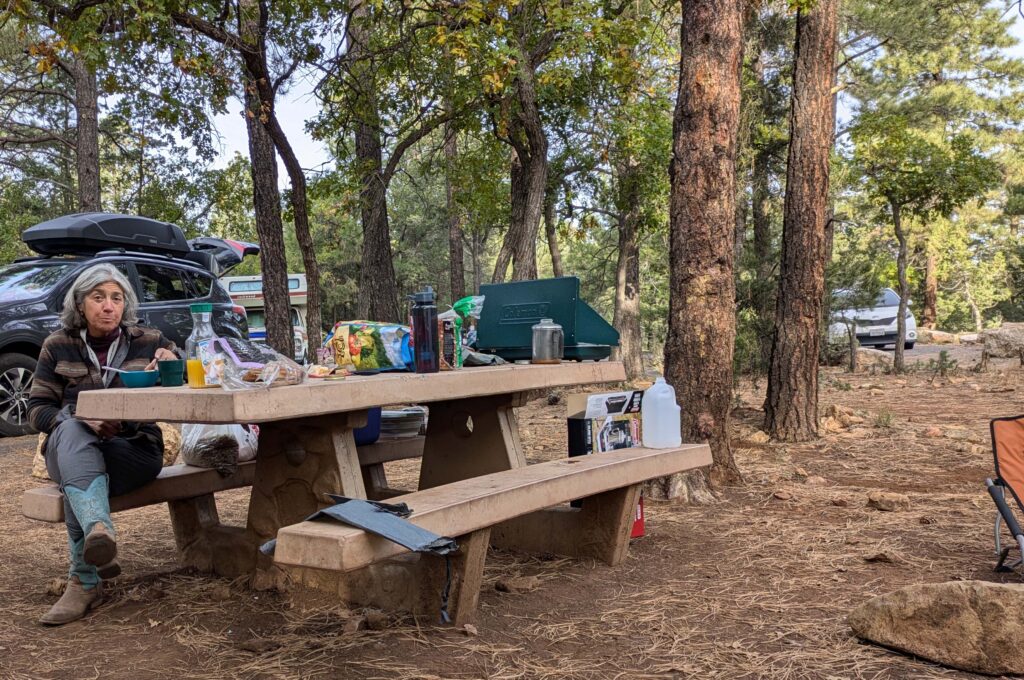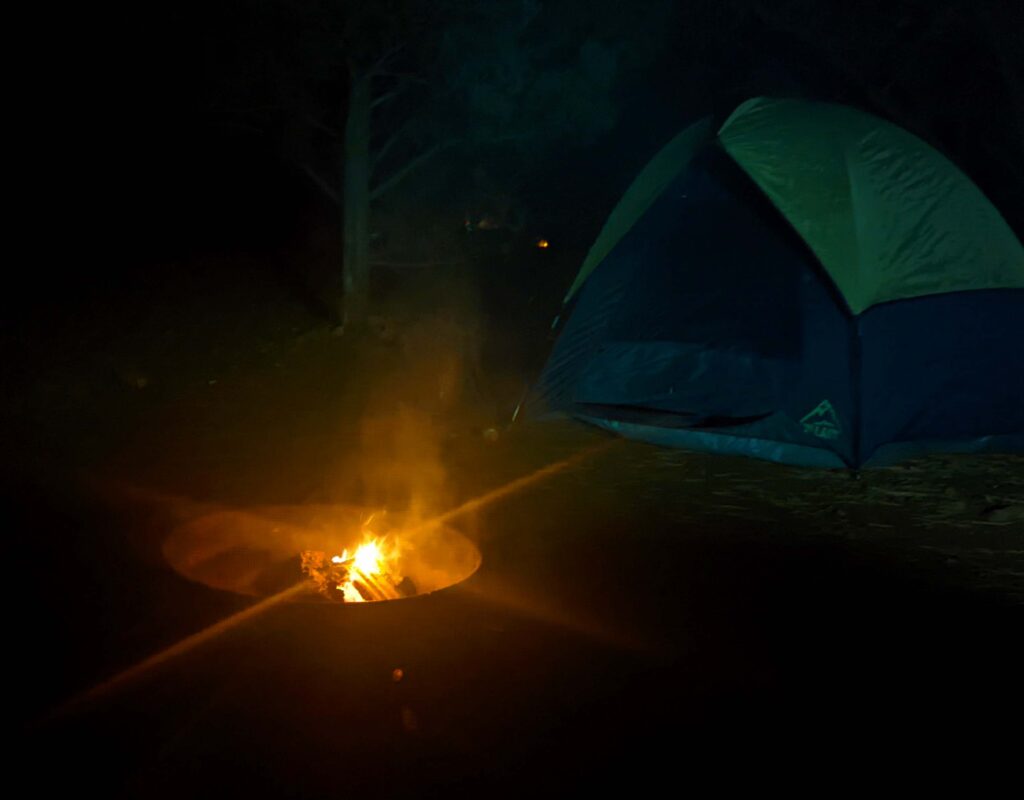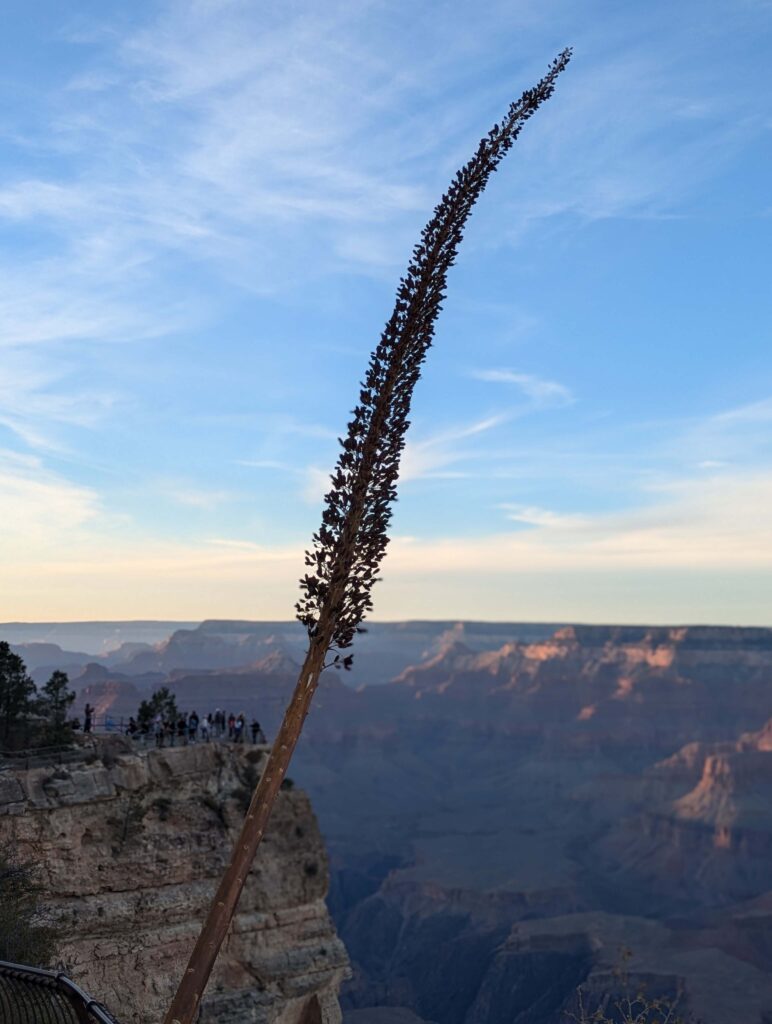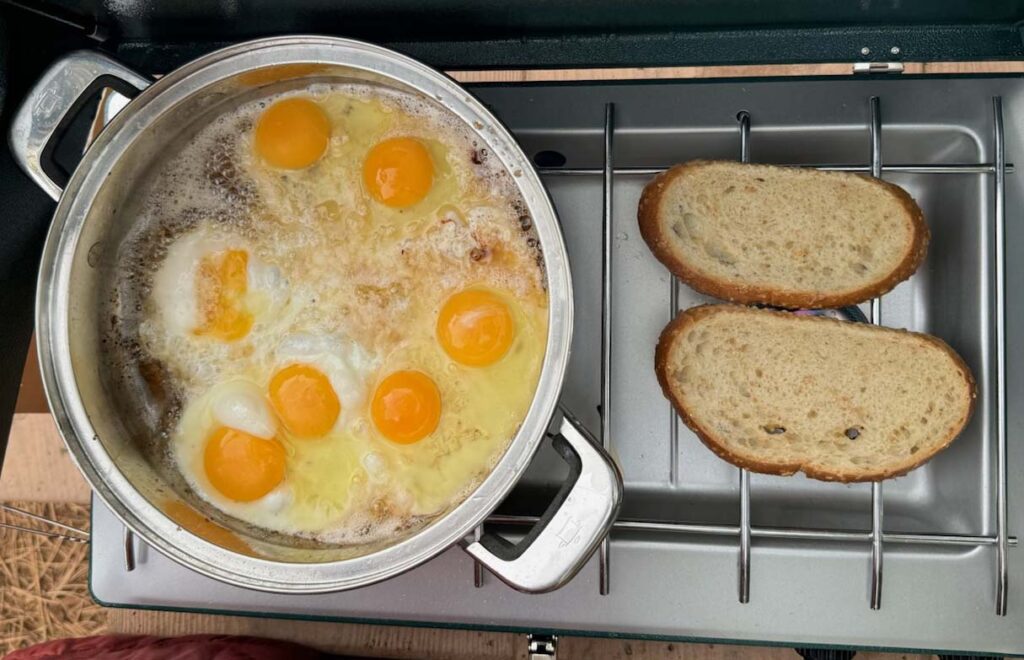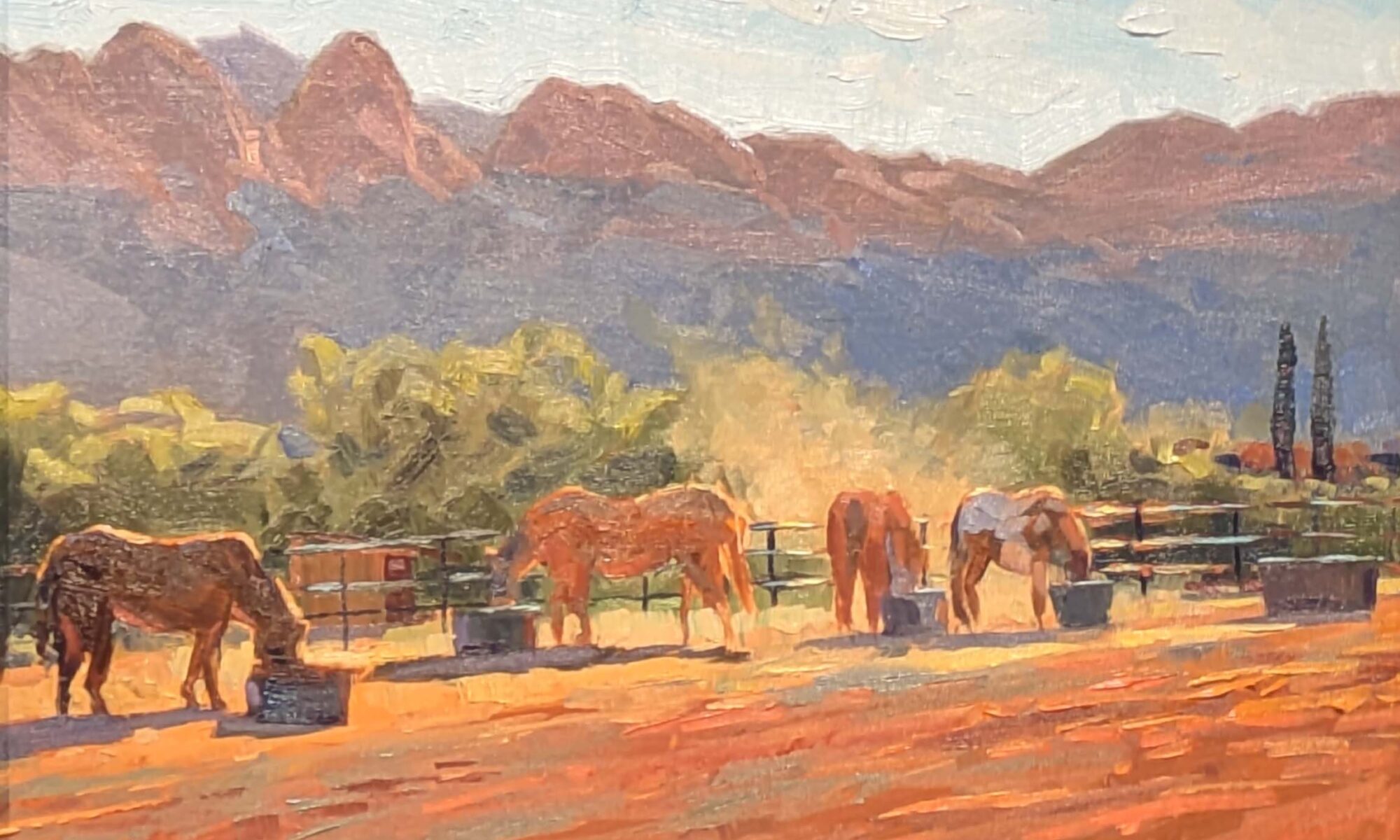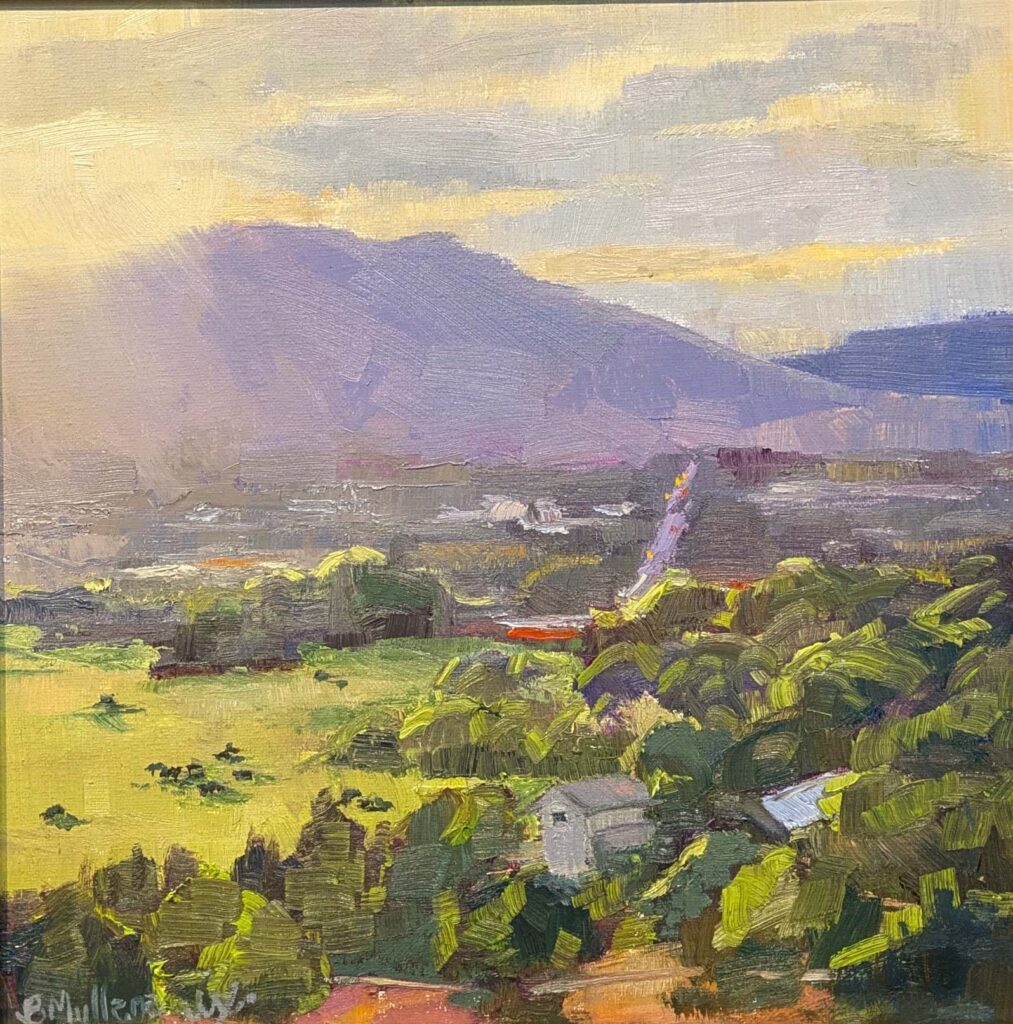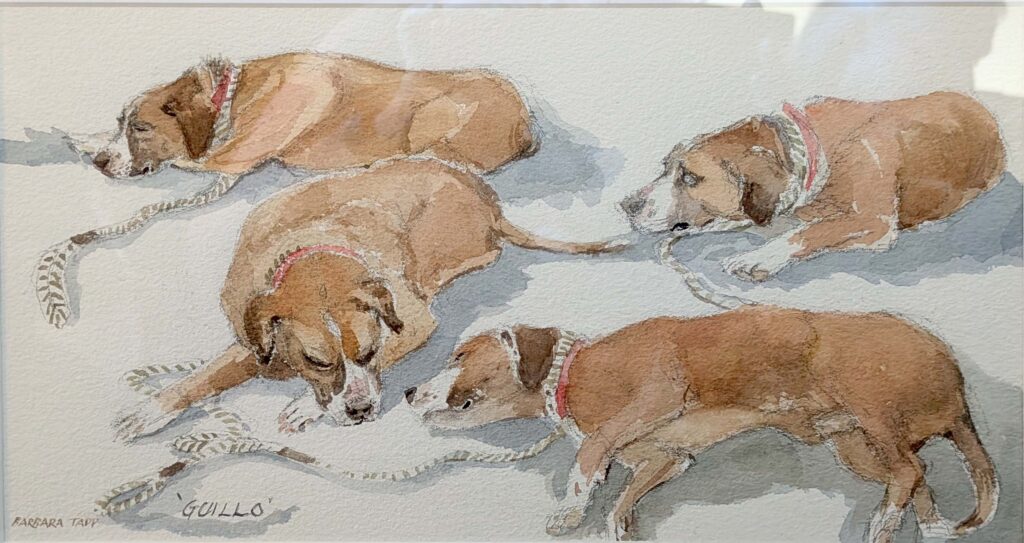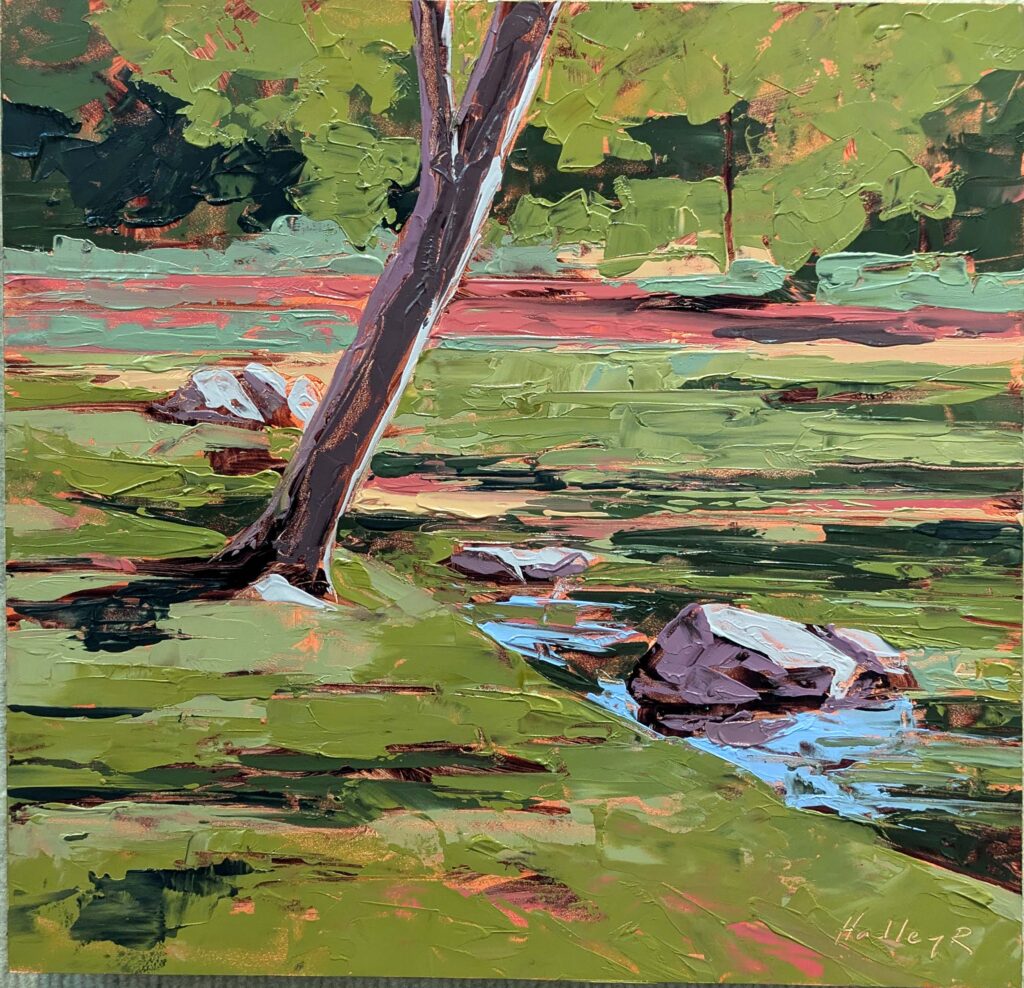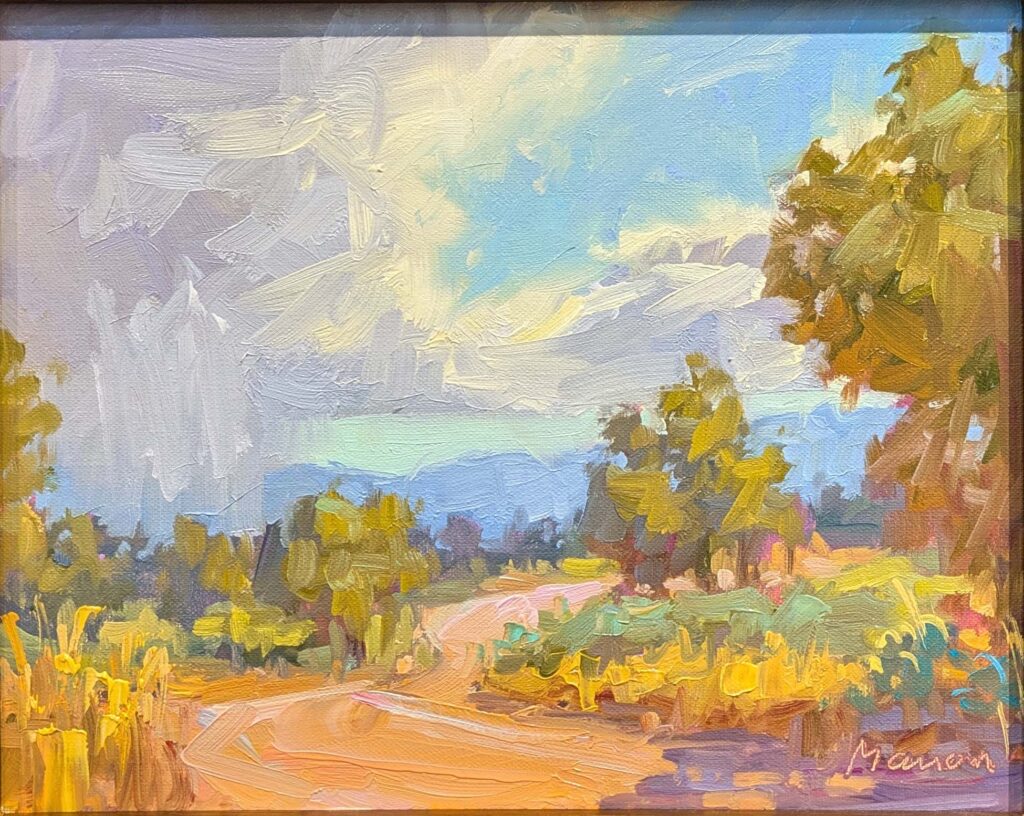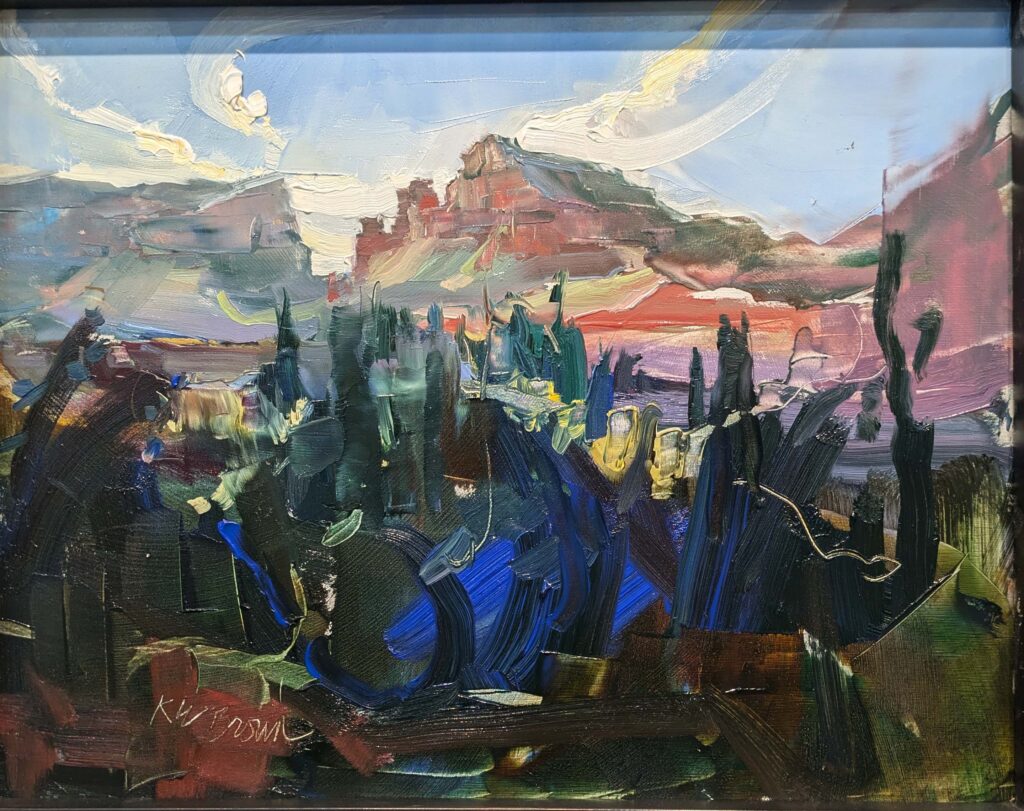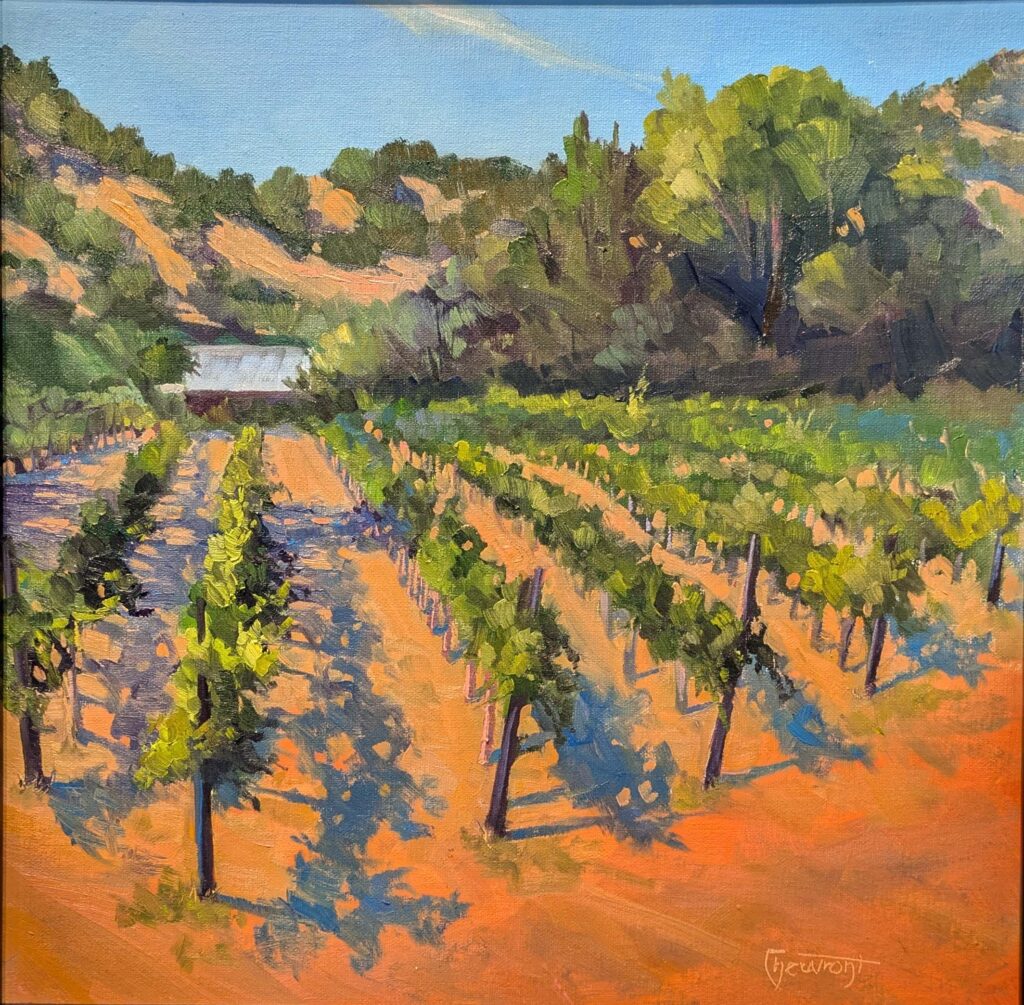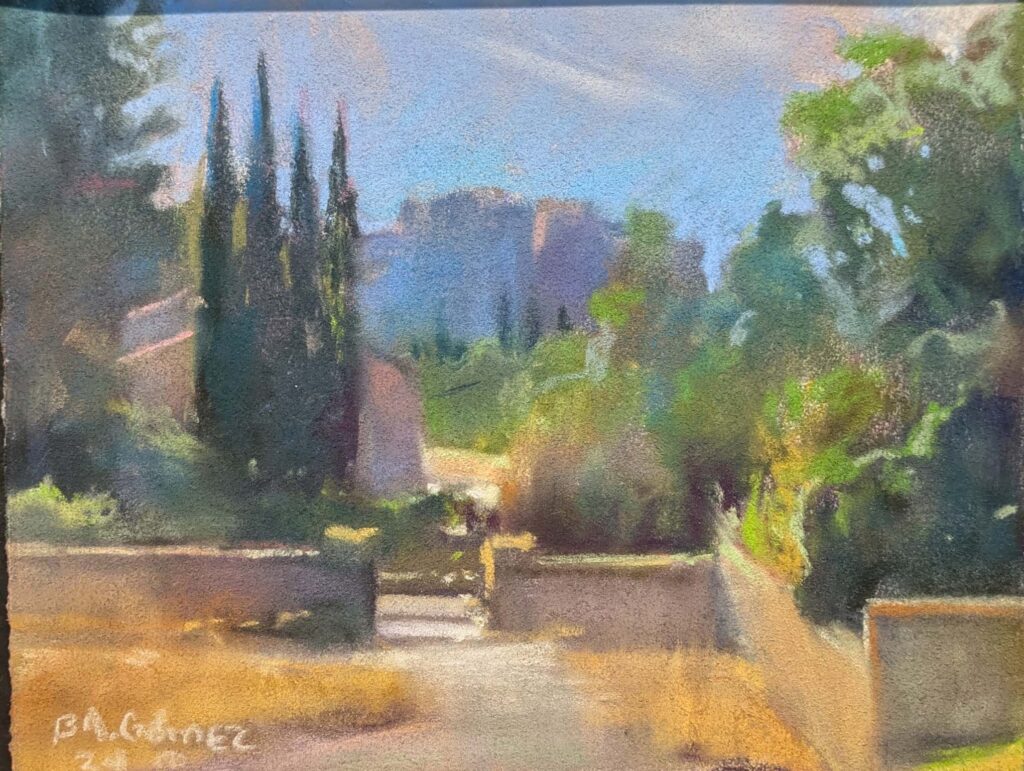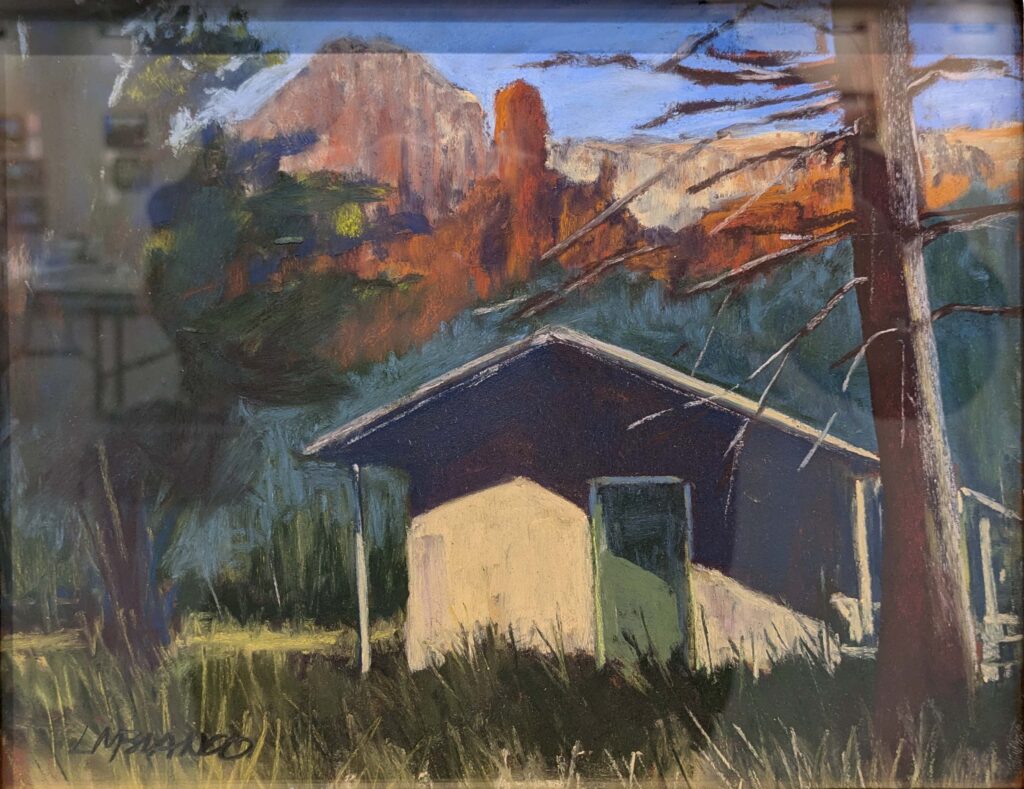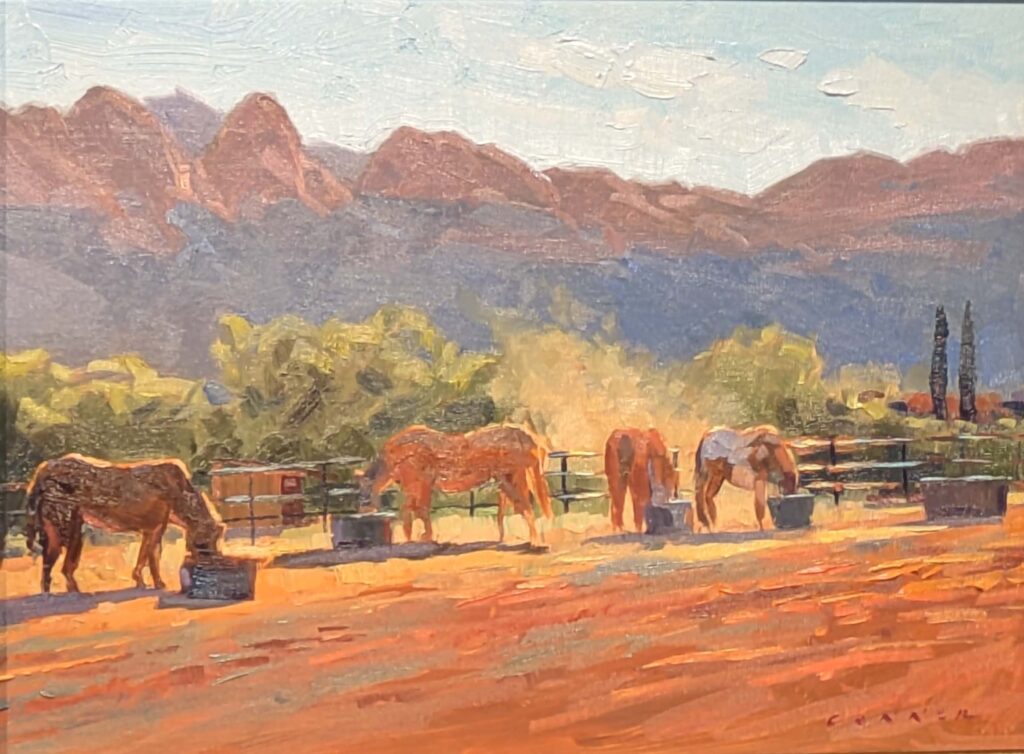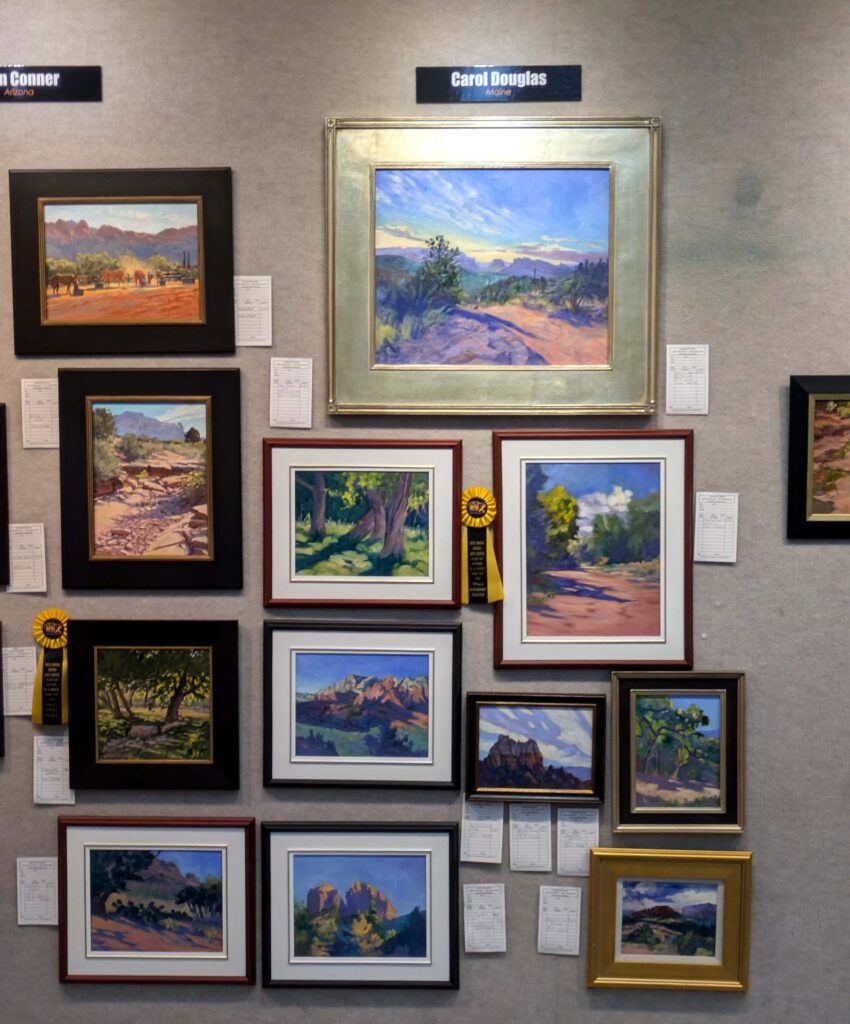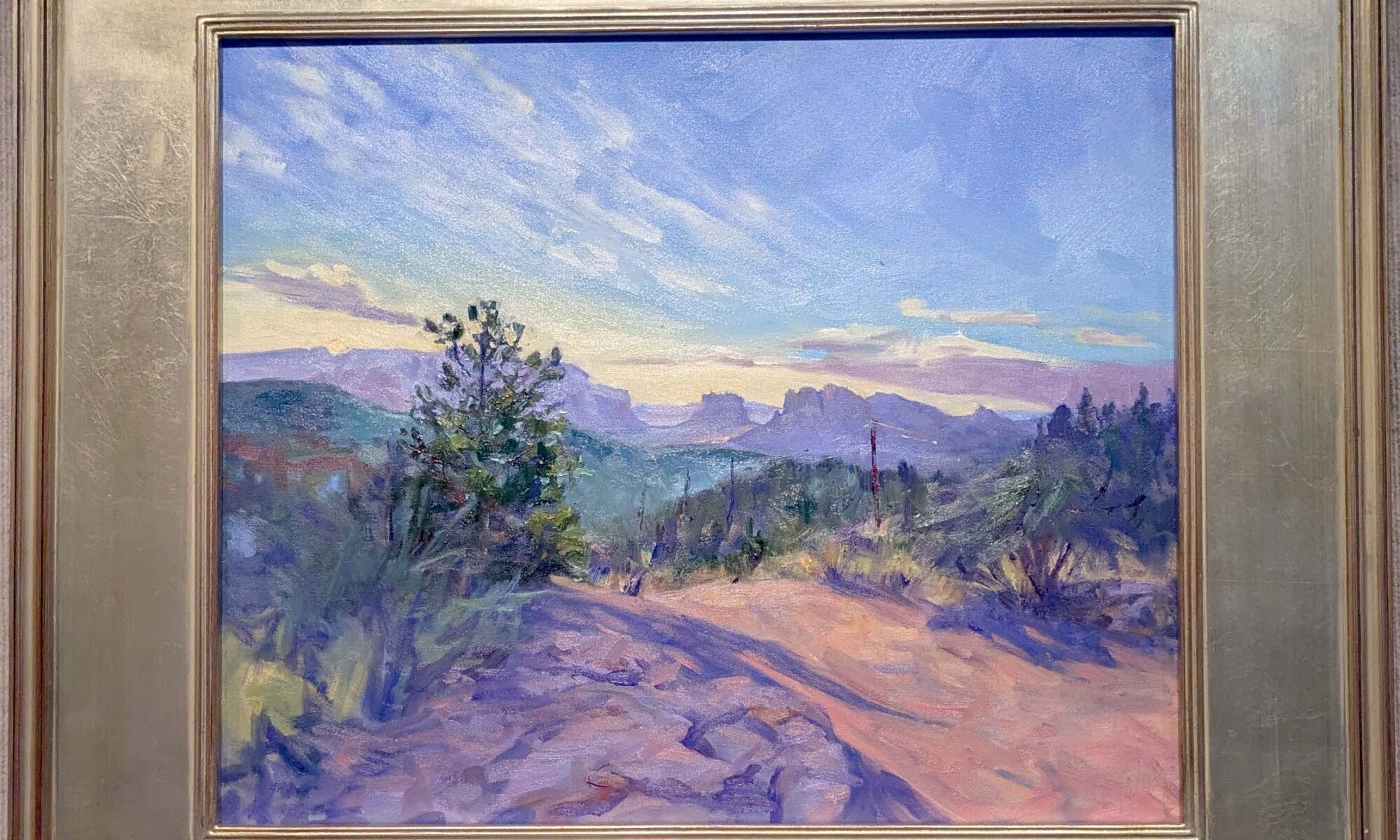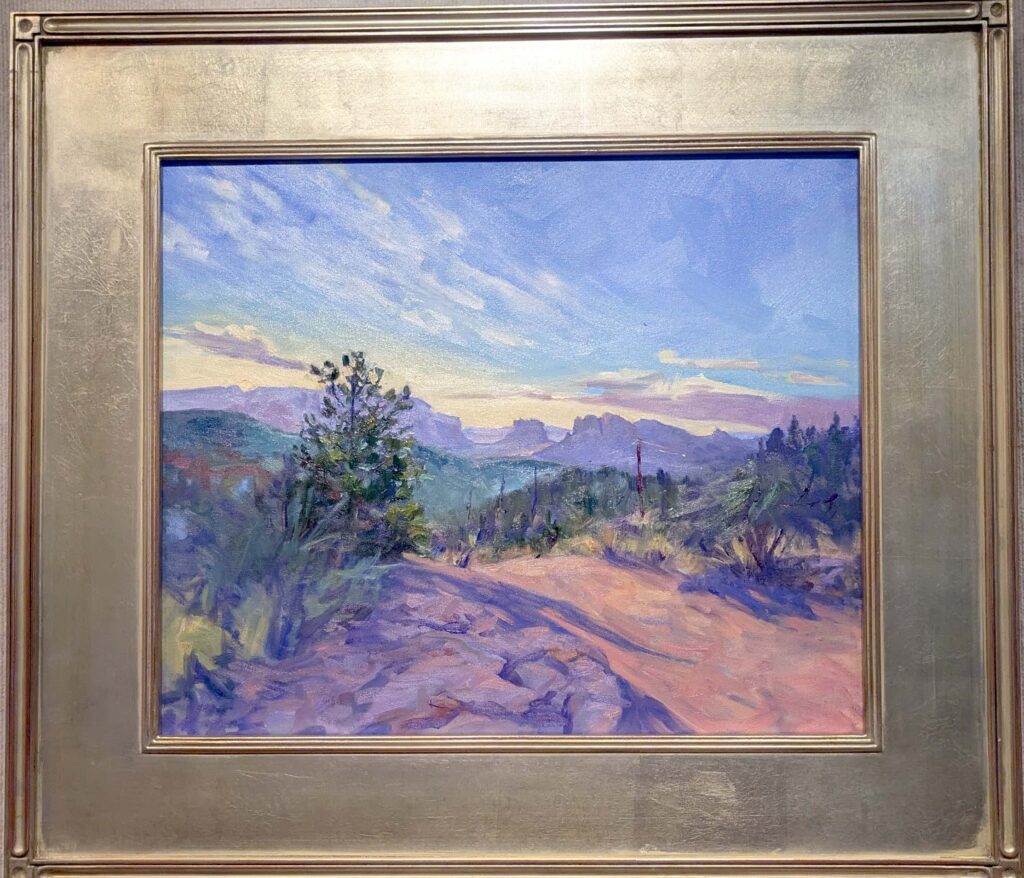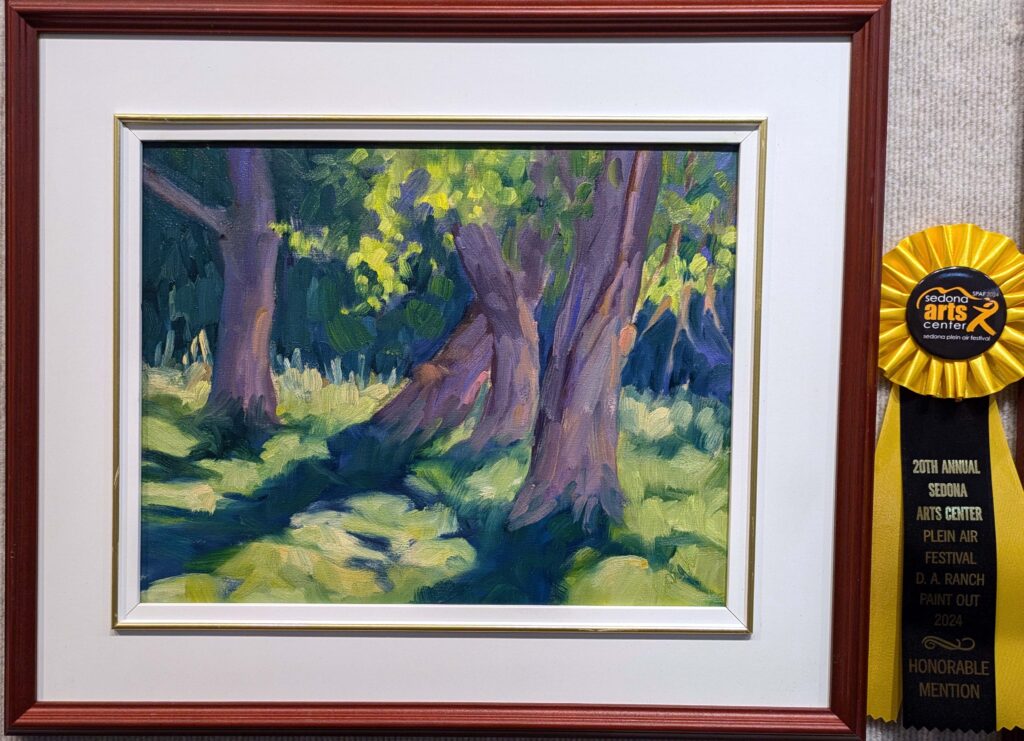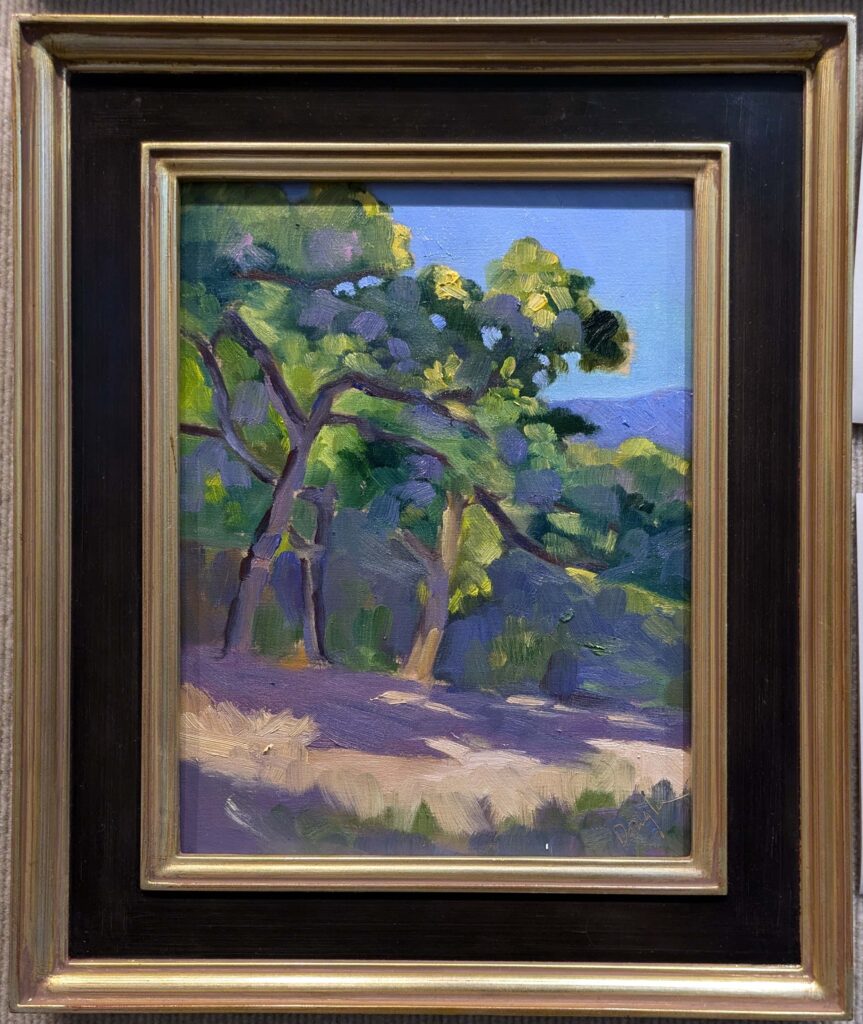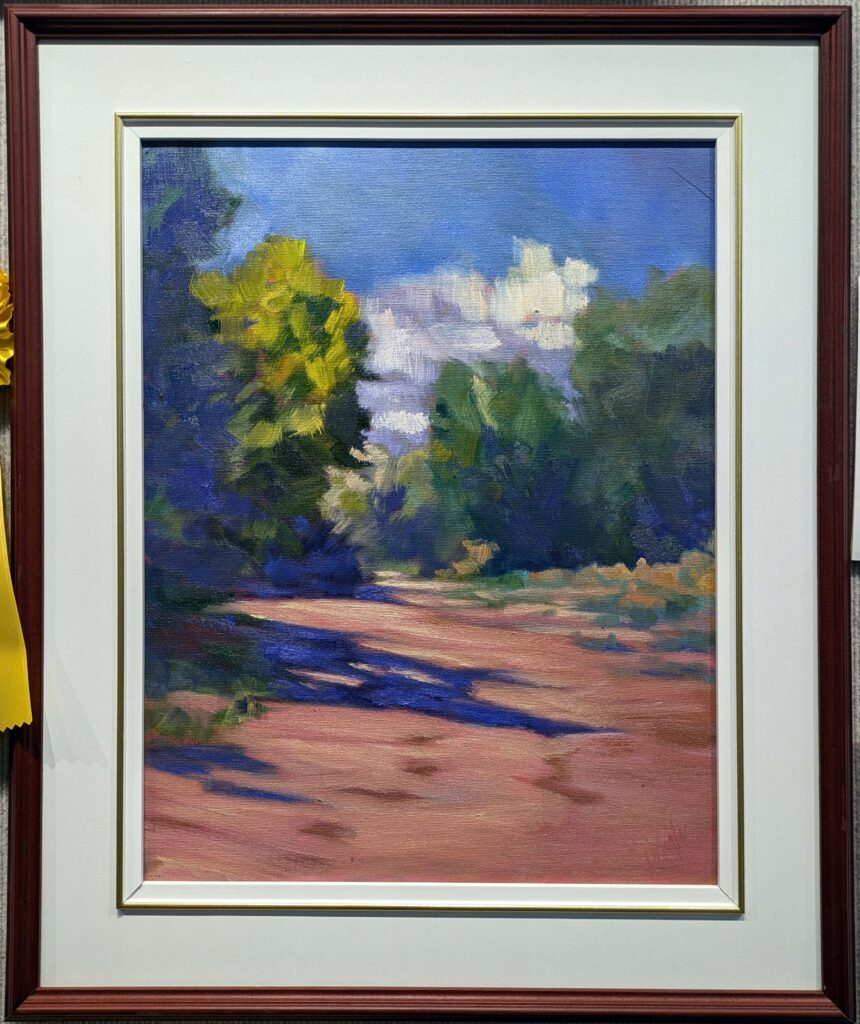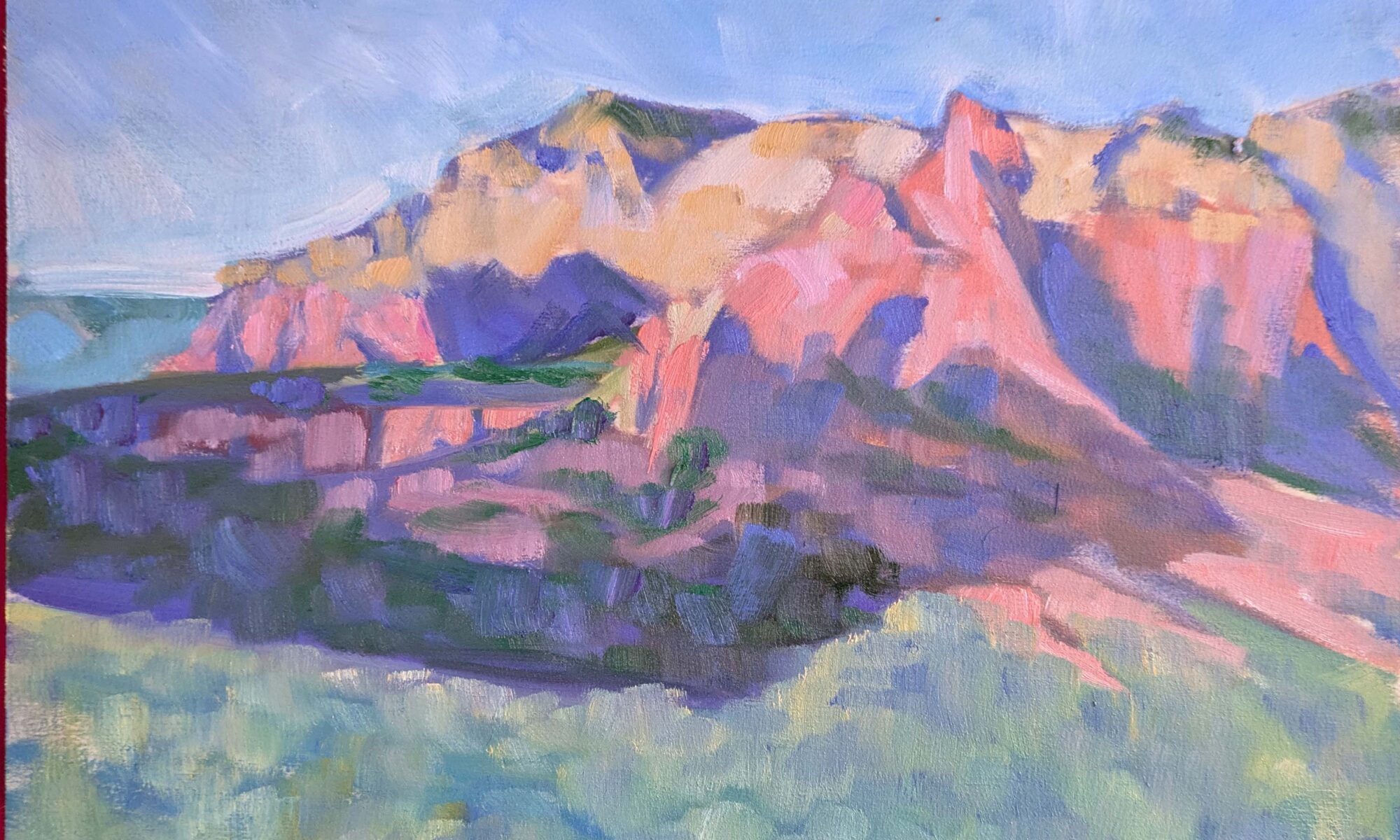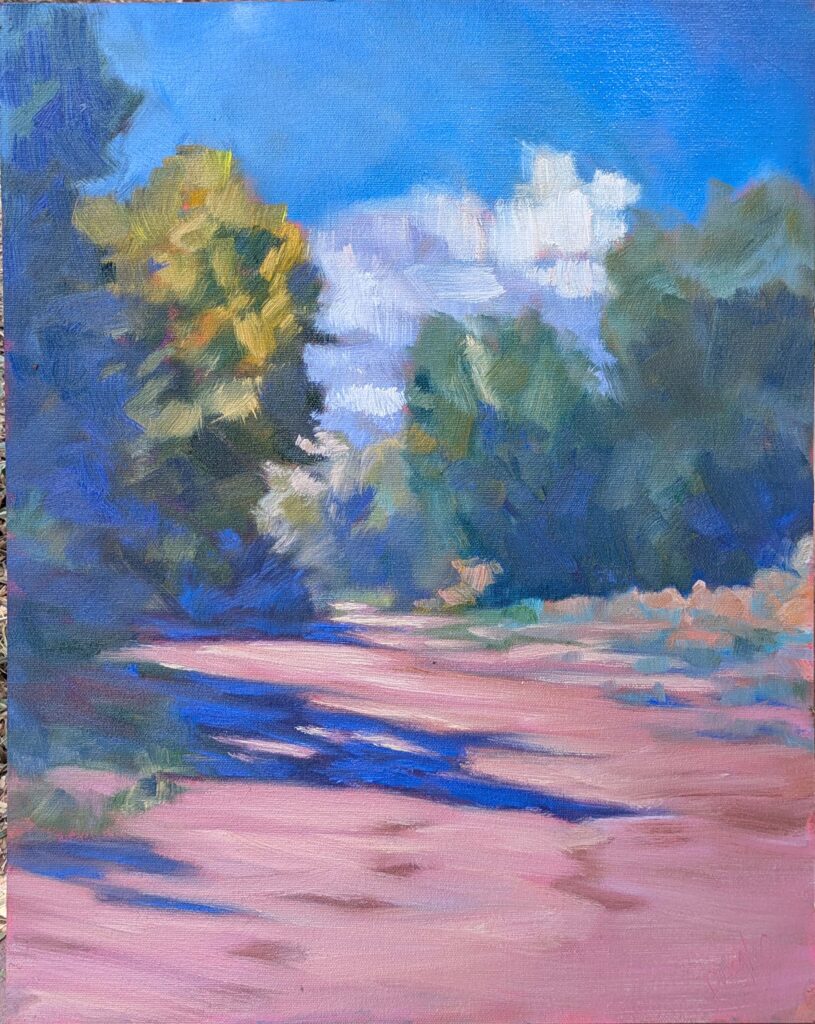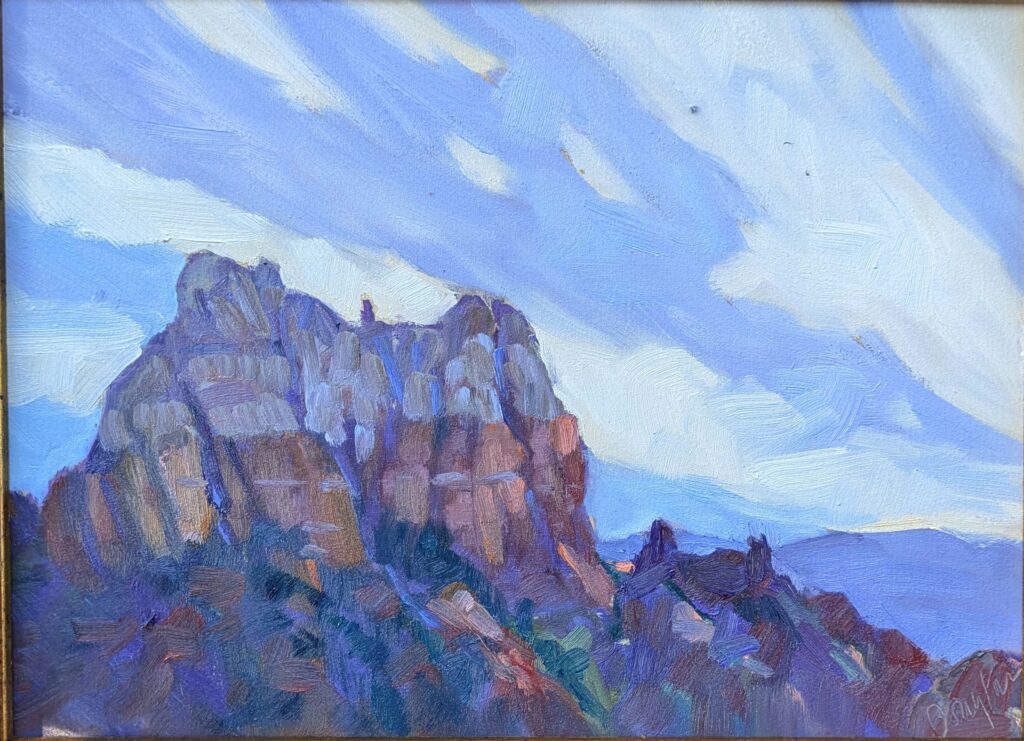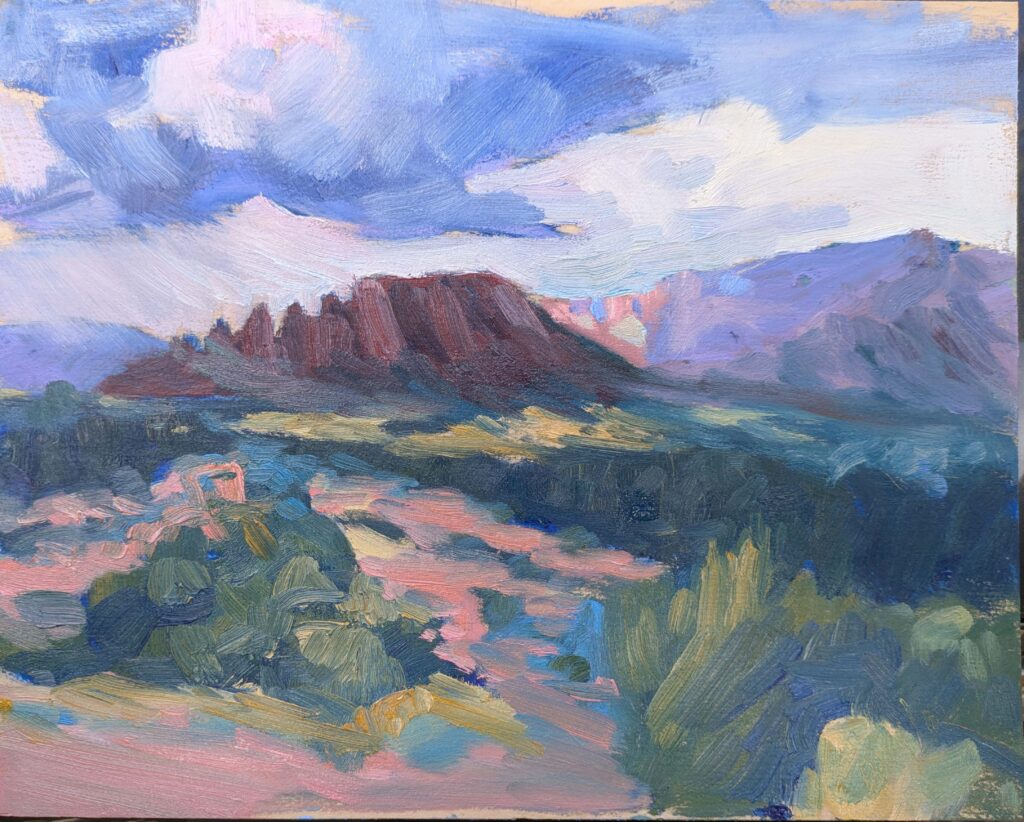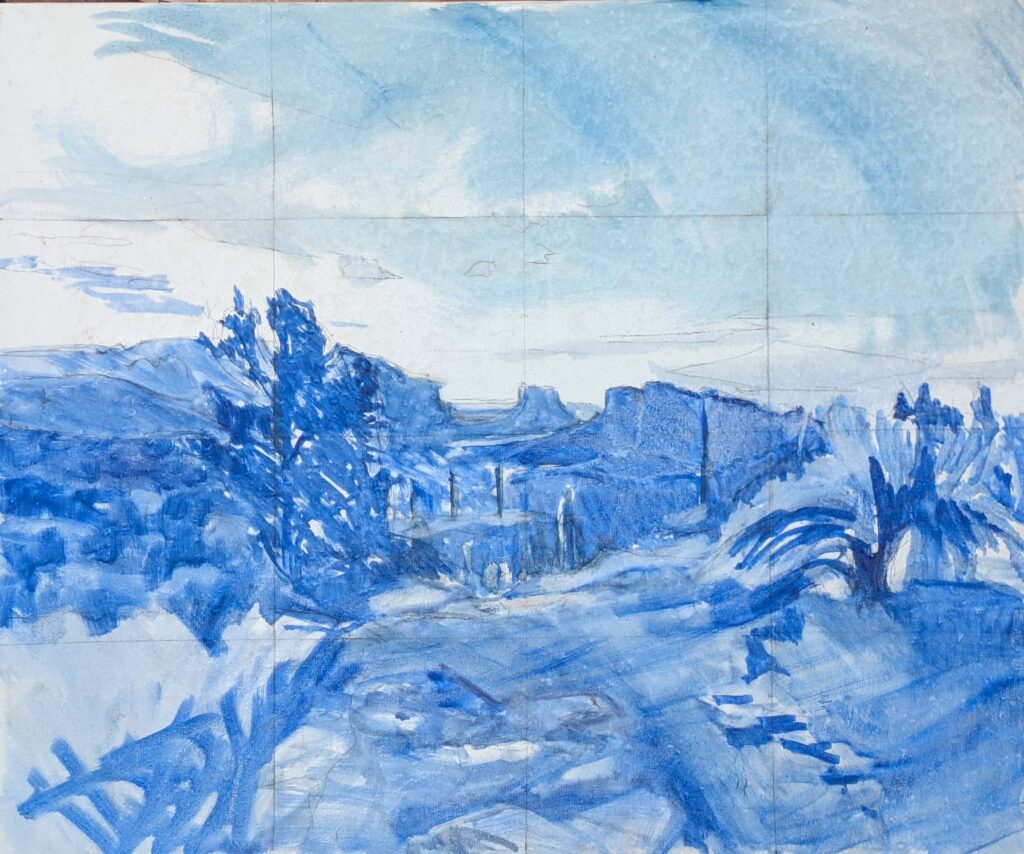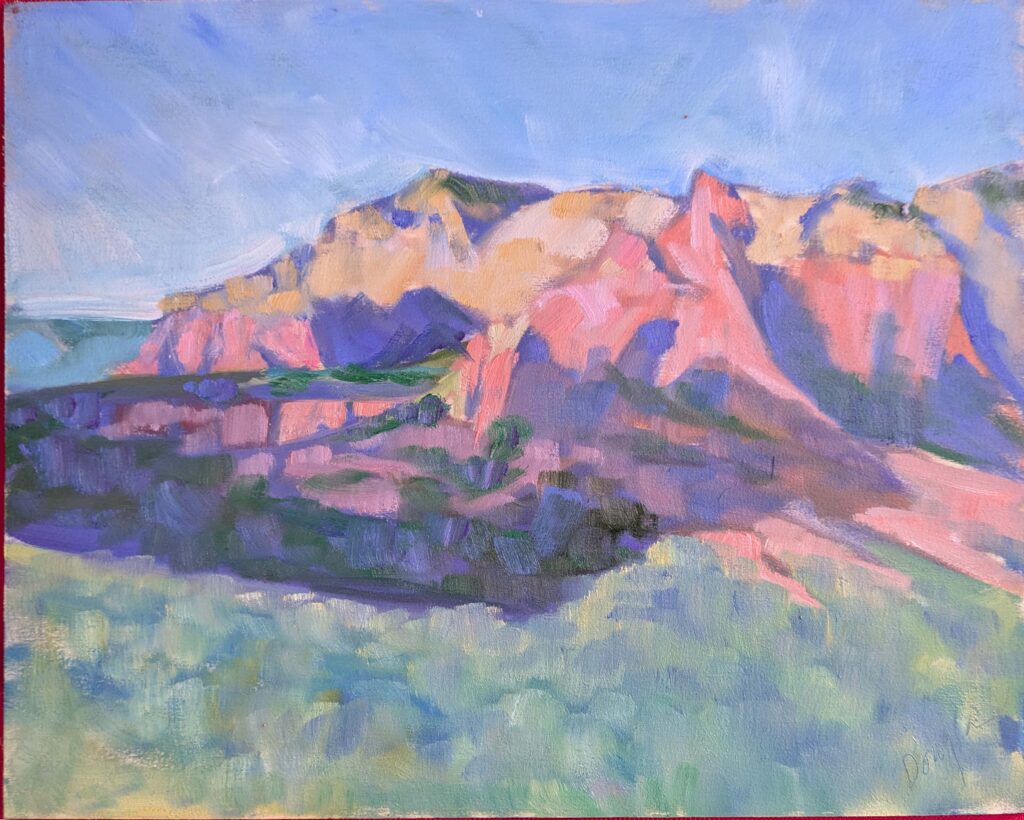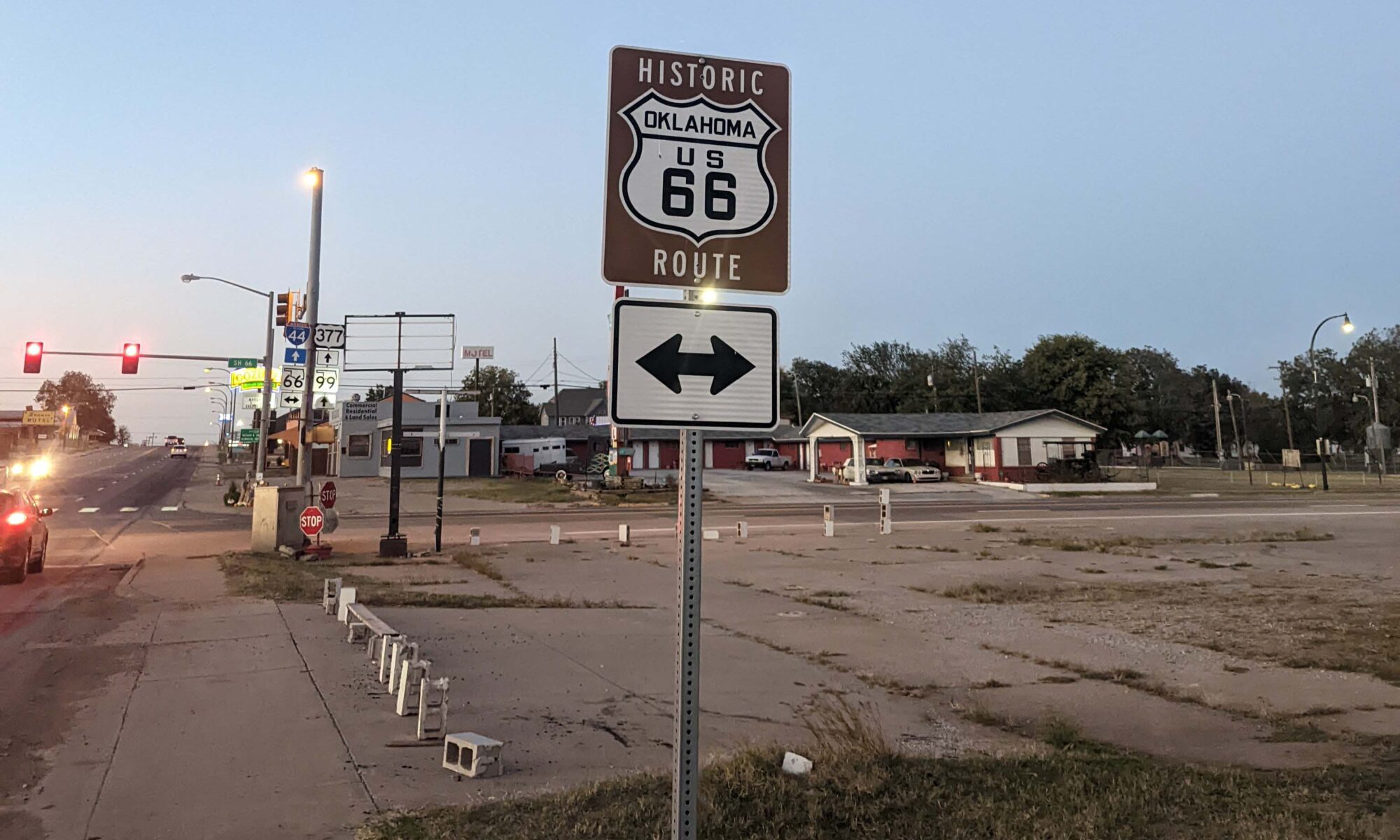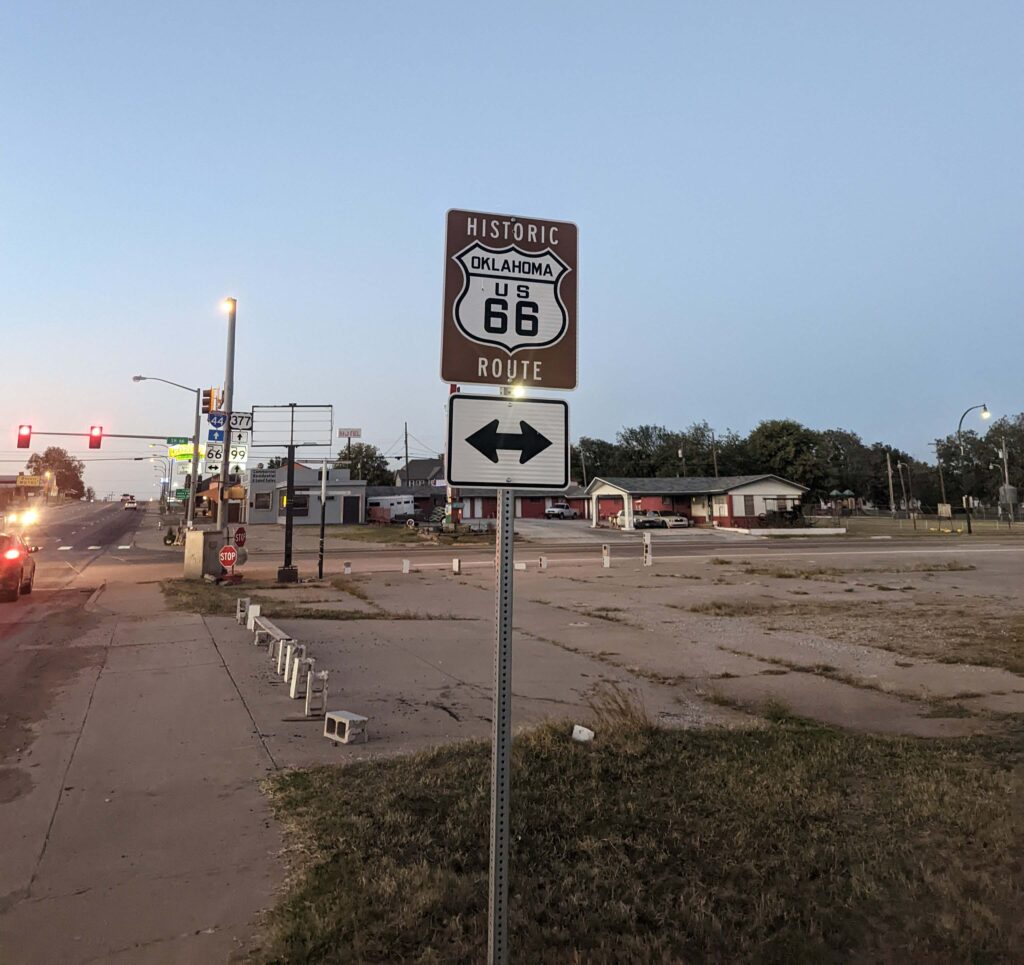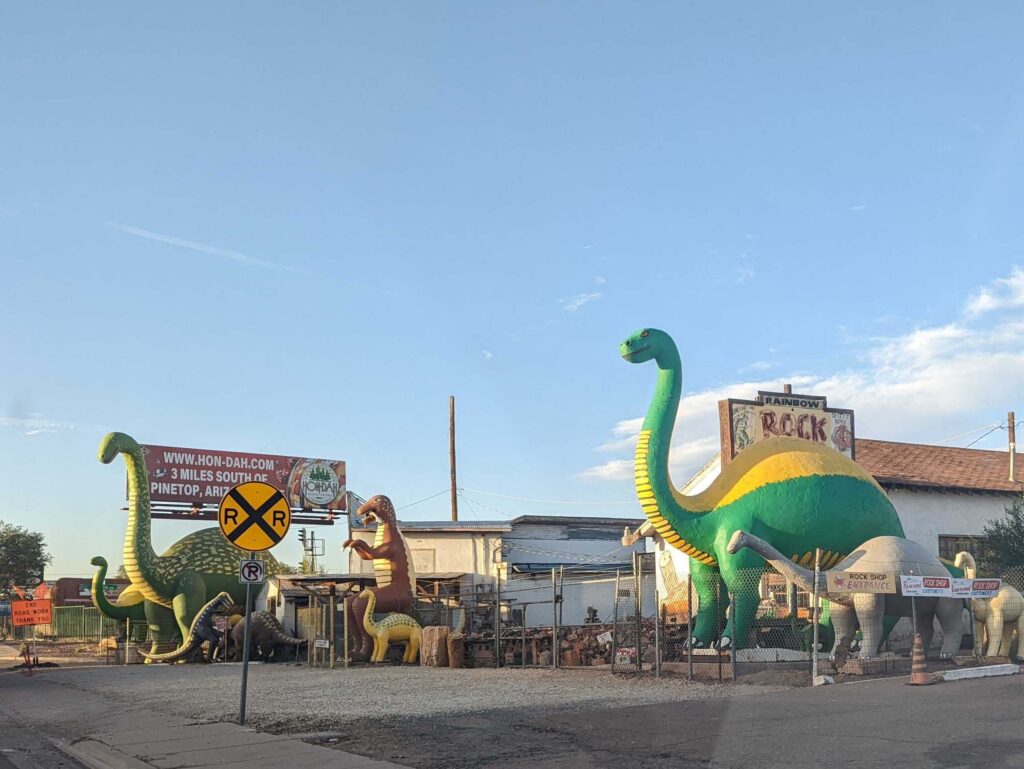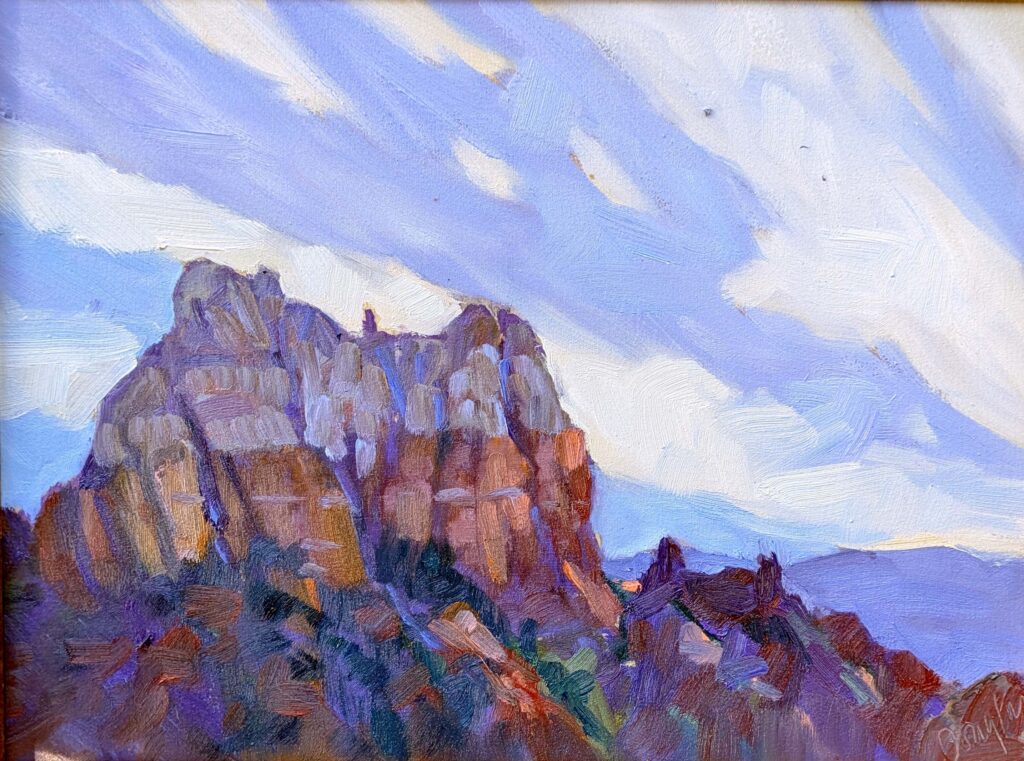
“Any chance you will be doing a workshop out west this coming year? Somewhere nearer Colorado?” a reader (and prior workshop student) asked.
Well, yes, Miss S. I’ll be teaching Canyon Color for the Painter in Sedona, AZ, from March 10-14, 2025. This is designed to teach you to lead with color and create a color strategy before you pick up a brush. Of course, I’ll be talking about other things too, such as light, composition and brushwork.
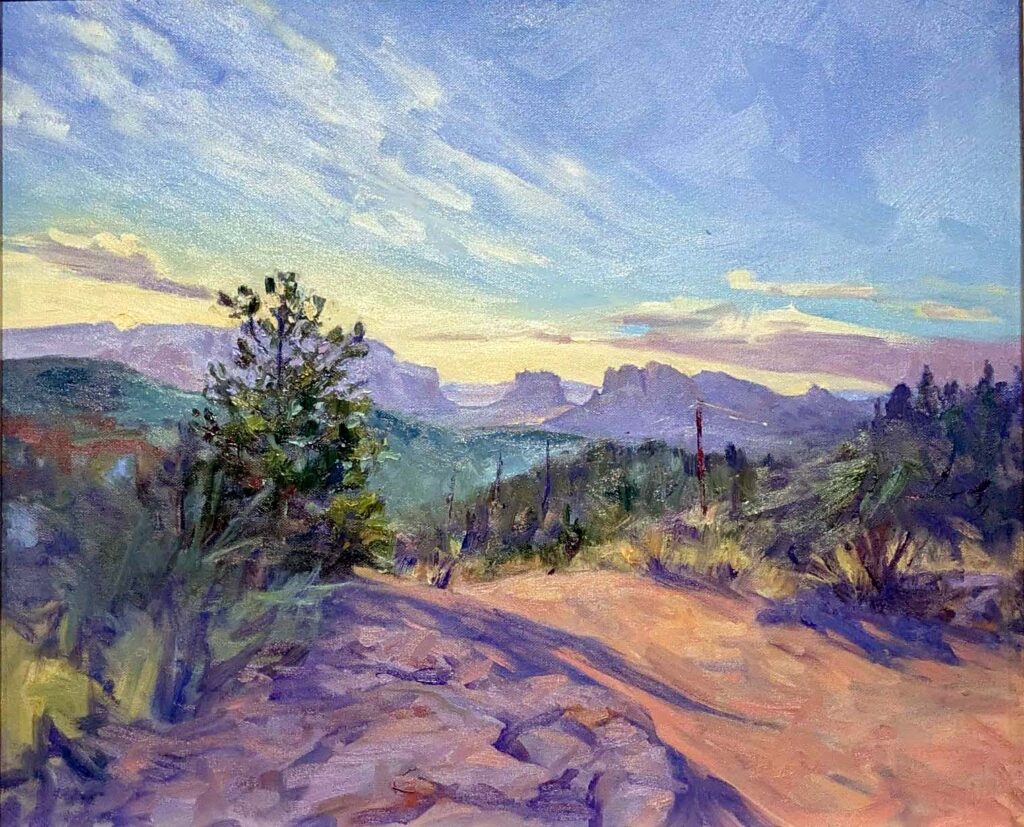
I know I told you only four workshops in 2025. I’m sorry I lied.
“You only wanted to teach four workshops in 2025,” my marketing guru, Laura, told me in exasperation. True, but last month’s plein air festival reminded me how much I love painting in Sedona. It is set within striking red rock formations, which are a major draw for visitors and painters alike. The vibrant red sandstone cliffs and spires, such as Cathedral Rock, Bell Rock, and Courthouse Butte, range from vermillion to yellow to orange to pink. They’re the result of millions of years of geological history and provide an unparalleled subject for painters.
I’ve work with the Sedona Arts Center for several years. It’s even more venerable than Barbie, having been founded in 1958. It’s an established regional hub for arts education. Plus, its staff is very nice, and very capable.
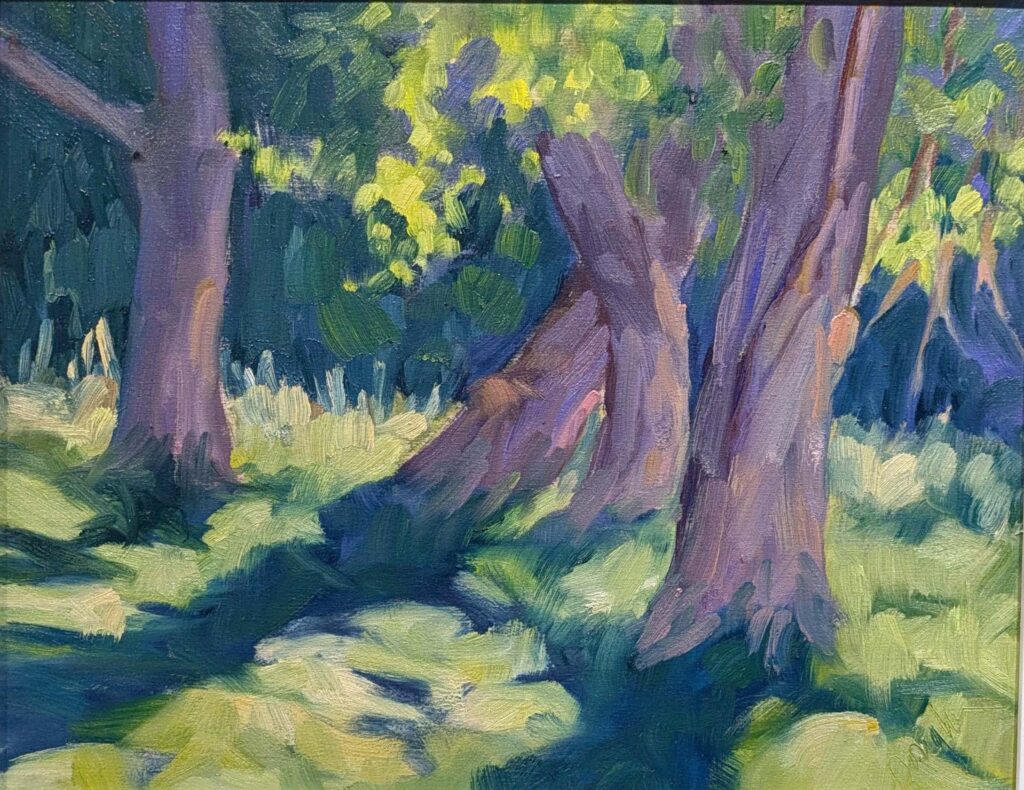
“Would you teach a painting workshop in __________?”
That’s a question I’m asked several times a year. I’ll always consider it, but certain conditions have to be right or it never works.
“All painting is regional,” a well-known artist told me recently. That is still somewhat true even in the Age of Zoom. Although I’ve sold paintings in many countries and taught across the US, my collectors and students are still concentrated in the northeast. Teaching outside that area only works when there’s a strong support system in place.
Every painting workshop needs a stable base. I loved teaching from Jane Chapin’s ranch in New Mexico’s Santa Fe National Forest. That went into hiatus in 2021 because of car rental problems caused by COVID. Then the area was threatened by the catastrophic Hermit’s Peak fire of 2022. Those back-to-back problems knocked it from my schedule.
Everyone loves to paint in areas of great natural beauty. However, these places are generally outside civilization, which means they sometimes lack amenities. I’ve learned that accommodations, food and restrooms may not be important to me, but they are important to my painting workshop students. That’s why Sedona is such a treasure. It’s a city with all the usual attractions. It’s also within the Coconino National Forest, it has grasslands, chaparral, piney woods, and desert, and there are nearby cliff dwellings and other archeological remnants of the Sinagua people.
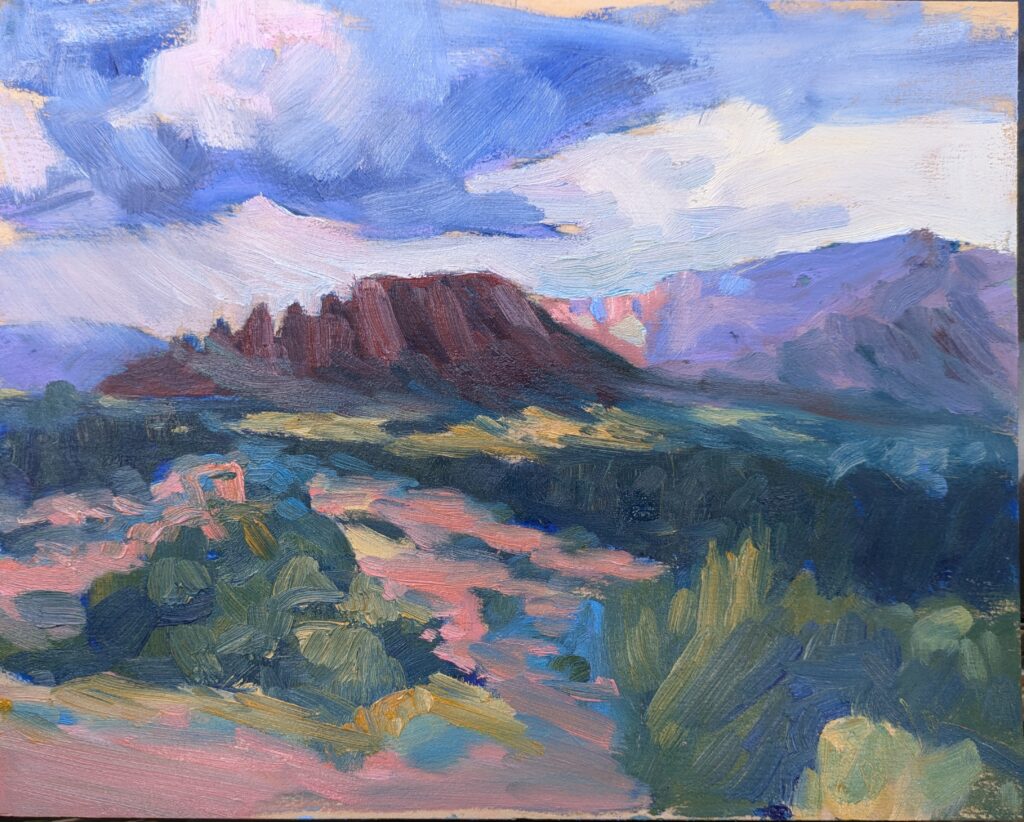
Sedona’s weather is nearly perfect, but even there I’ve experienced some shocking sleights of hand by Mother Nature. That’s when a classroom or studio to work in is invaluable.
Institutional backup is why I work with Schoodic Institute in Acadia National Park and Sedona Arts Center. It’s not just for a studio for rainy days; there are many ways in which an organization provides support to its teachers. The staff at the arts center will help you if you have questions about where to stay, eat, or buy supplies, for example.
Reserve your spot now for a workshop in 2025:
- Advanced Plein Air Painting, Rockport, ME, July 7-11, 2025.
- Sea and Sky at Acadia National Park, August 3-8, 2025.
- Find Your Authentic Voice in Plein Air, Berkshires, MA, August 11-15, 2025.
- Immersive In-Person Fall Workshop, Rockport, ME, October 6-10, 2025.
